Guide to Subway Tiles: Everything You Need to Know for Timeless Style and Functionality

Everything You Need to Know About Subway Tile
Subway tile has long been a favorite among homeowners, interior designers, and architects for its timeless appeal, durability, and versatility. Whether you're considering subway tile for a kitchen backsplash, bathroom walls, or even outdoor spaces, this article dives deep into everything you need to know about this classic yet contemporary design choice. Learn more about subway tiles and explore our kitchen backsplash collection.
A Brief History of Subway Tile
Subway tile first gained prominence in the early 1900s when it was installed in New York City's subway stations. The original white, rectangular tiles measured 3 x 6 inches, offering a clean, hygienic, and reflective surface ideal for public spaces. Their practical benefits, combined with their simple aesthetic, quickly made subway tiles a staple in residential and commercial interiors. Discover our subway tile options for your next project.
Types of Subway Tile
-
Ceramic Subway Tile
Ceramic subway tiles are affordable, lightweight, and easy to install. They’re commonly used in kitchens and bathrooms because of their water-resistant properties. -
Porcelain Subway Tile
Porcelain subway tiles are denser and more durable than ceramic. They’re ideal for high-traffic areas and can even be used outdoors due to their frost-resistant properties. -
Glass Subway Tile
Glass tiles add a sleek, modern touch with their glossy finish. These tiles reflect light beautifully, making them perfect for smaller spaces that need a brightening effect. -
Natural Stone Subway Tile
Materials like marble, travertine, and slate elevate the subway tile's elegance. Each tile is unique, with natural variations adding a sophisticated touch. For more inspiration, visit our natural stone tile collection. -
Metal Subway Tile
For an industrial or contemporary look, metal subway tiles made from stainless steel or aluminum are a great choice.
Popular Subway Tile Patterns
While the traditional brick-lay pattern remains a classic, there are many other ways to install subway tiles to create unique designs:
-
Herringbone Pattern
Tiles are laid at a 45-degree angle, forming a zigzag effect that adds movement and visual interest. -
Vertical Stack
Tiles are stacked in straight vertical lines, giving a modern and minimalist vibe. -
Horizontal Stack
Tiles are aligned horizontally with no offset, creating a clean, contemporary look. -
Chevron Pattern
Similar to herringbone but with tiles cut at an angle to form a continuous V shape. -
Offset (Running Bond)
The classic subway tile layout where each row is offset by half a tile’s width. -
Basketweave
Tiles are grouped in sets of two or four to mimic the texture of woven material.
Advantages of Subway Tile
- Timeless Appeal: Subway tiles transcend trends, ensuring your space will look stylish for years to come.
- Versatility: Available in various materials, colors, and finishes, they suit virtually any design aesthetic.
- Durability: Most subway tiles are resistant to water, stains, and scratches, making them perfect for high-moisture areas.
- Ease of Maintenance: A simple wipe-down keeps them looking pristine.
- Cost-Effective: With options to suit every budget, subway tiles are an affordable way to elevate your space.
Subway Tile in Different Areas
-
Kitchens
Subway tiles are most commonly used as backsplashes, providing an easy-to-clean surface behind countertops and stoves. Consider glossy tiles to enhance brightness or matte finishes for a modern touch. -
Bathrooms
Perfect for shower walls, tub surrounds, and even floors, subway tiles create a spa-like atmosphere. Opt for natural stone or textured tiles for added luxury. -
Living Areas
Subway tiles can be used on fireplace surrounds, feature walls, or as accents to complement other materials. -
Outdoor Spaces
Durable materials like porcelain or stone subway tiles are ideal for patios, pool surrounds, and outdoor kitchens.
Grout Options for Subway Tile
Grout plays a significant role in the overall look of your subway tile installation. Learn more about tile dimensions and installation in our size chart.
- Matching Grout: Creates a seamless, uniform appearance.
- Contrasting Grout: Highlights the tile pattern, adding visual interest.
- Colored Grout: Offers a playful or sophisticated twist depending on the shade.
Subway Tile Maintenance Tips
- Regular Cleaning: Use mild soap and water or a pH-neutral cleaner to keep tiles spotless.
- Avoid Harsh Chemicals: Acidic cleaners can damage certain materials, especially natural stone.
- Seal Grout: Prevent stains and mold by sealing grout lines periodically.
- Inspect Regularly: Address any cracked tiles or loose grout promptly to avoid further damage.
For additional tips, check out our installation guide.
FAQs About Subway Tile
-
Can subway tiles be used on floors?
Yes, but opt for materials like porcelain or natural stone for durability. -
What size subway tile should I choose?
While 3 x 6 inches is standard, larger sizes like 4 x 8 or 4 x 12 create a more contemporary look. -
Is subway tile expensive?
Costs vary depending on the material, but ceramic subway tiles are often the most affordable. -
Can I install subway tile myself?
Yes, subway tiles are beginner-friendly, but precise cuts and proper grouting are crucial for a professional finish. -
Do subway tiles need to be sealed?
It depends on the material. Porcelain and ceramic tiles don’t need sealing, but natural stone tiles and grout lines typically do.
Subway tile is a versatile, stylish, and practical choice for any space. Whether you’re drawn to its timeless appeal or looking to experiment with modern colors and patterns, the possibilities are endless. With this comprehensive guide, you’re well-equipped to make informed decisions about incorporating subway tiles into your next design project.

 Best Selling Marble Collections
Best Selling Marble Collections
 Arabescato Corchia
Arabescato Corchia Bardiglio
Bardiglio Bianco Dolomite
Bianco Dolomite  Carrara White
Carrara White  Calacatta Gold
Calacatta Gold Crema Marfil
Crema Marfil Custom Made Mosaic
Custom Made Mosaic Emperador Dark
Emperador Dark Nero Marquina
Nero Marquina Ming Green Marble
Ming Green Marble Oriental White Marble (Asian Statuary Marble)
Oriental White Marble (Asian Statuary Marble) Statuary - Statuario White (Italian) Marble
Statuary - Statuario White (Italian) Marble Thassos White
Thassos White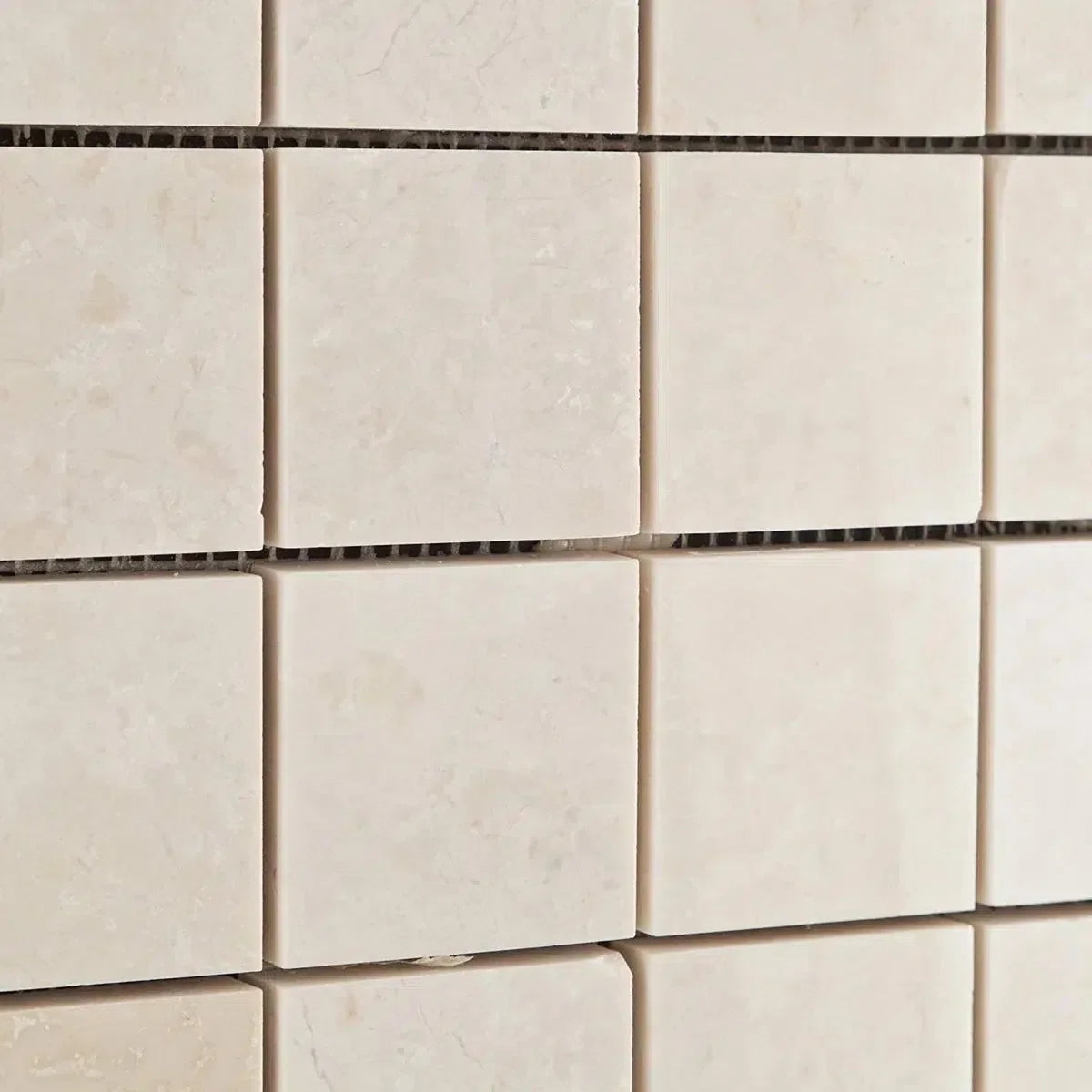 White Pearl/Botticino Beige Marble
White Pearl/Botticino Beige Marble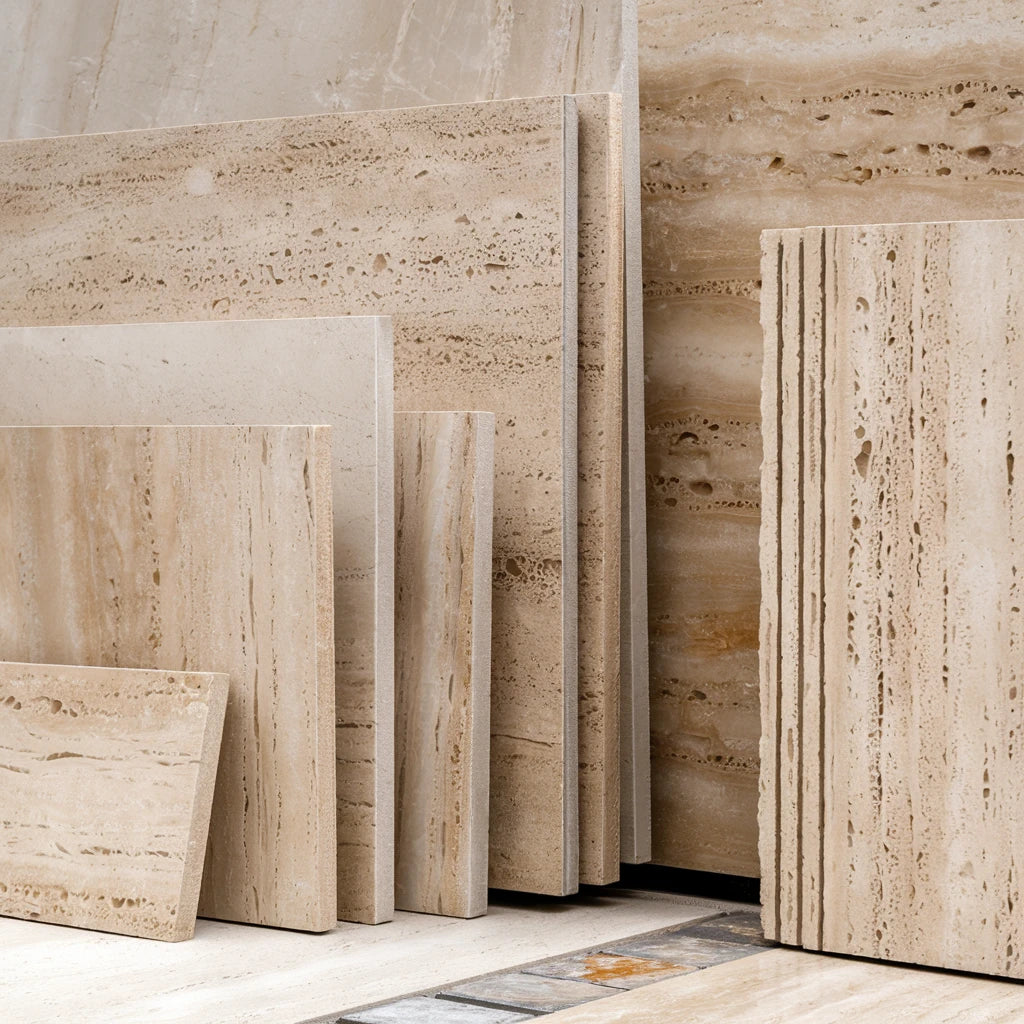 Best Selling Travertine Collections
Best Selling Travertine Collections
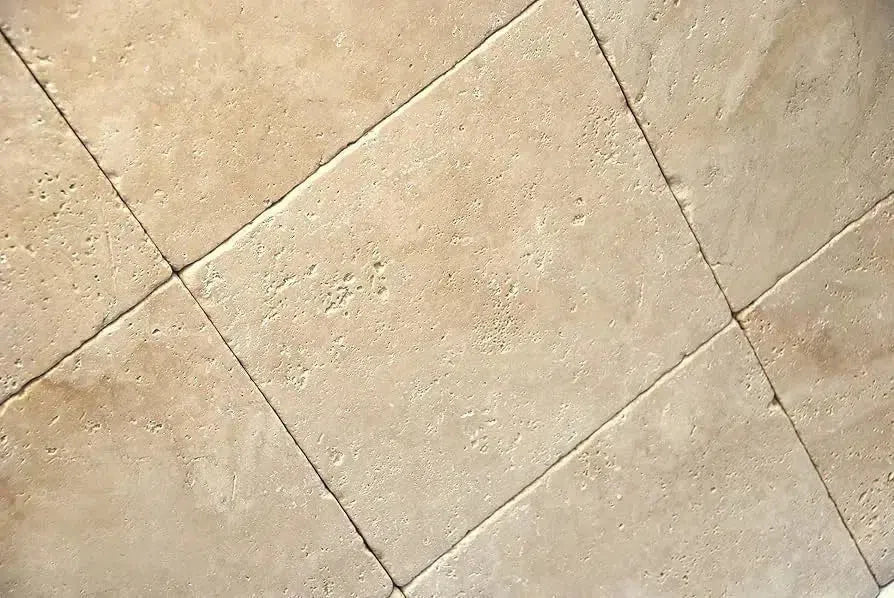 Ivory Travertine
Ivory Travertine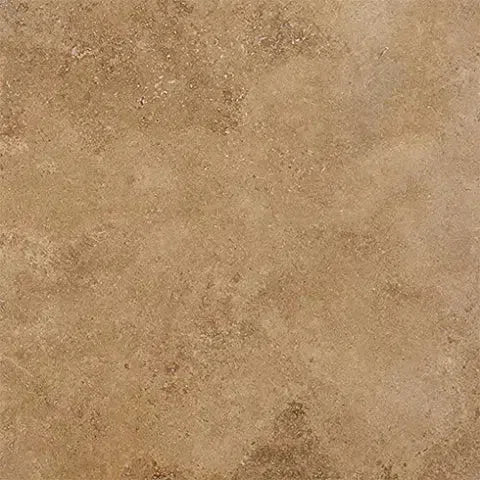 Noce Travertine
Noce Travertine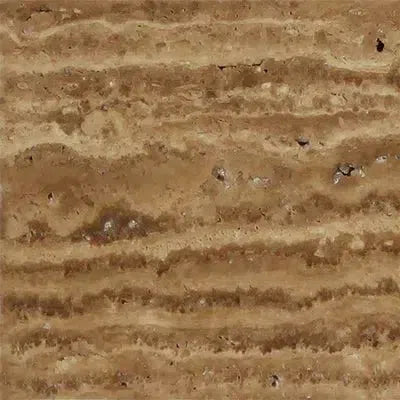 Exotic Noce Travertine
Exotic Noce Travertine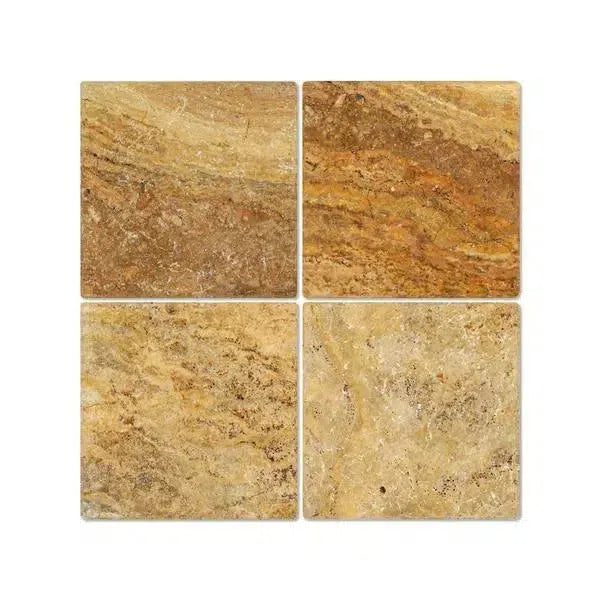 Scabos | Autumn Leaves Travertine
Scabos | Autumn Leaves Travertine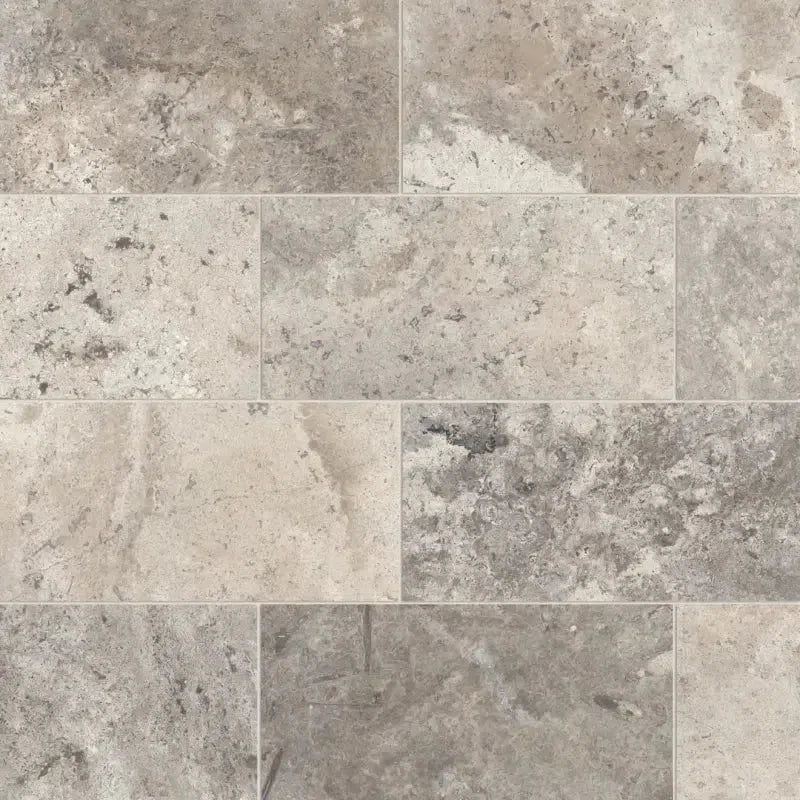 Silver Travertine
Silver Travertine Exotic Travertine
Exotic Travertine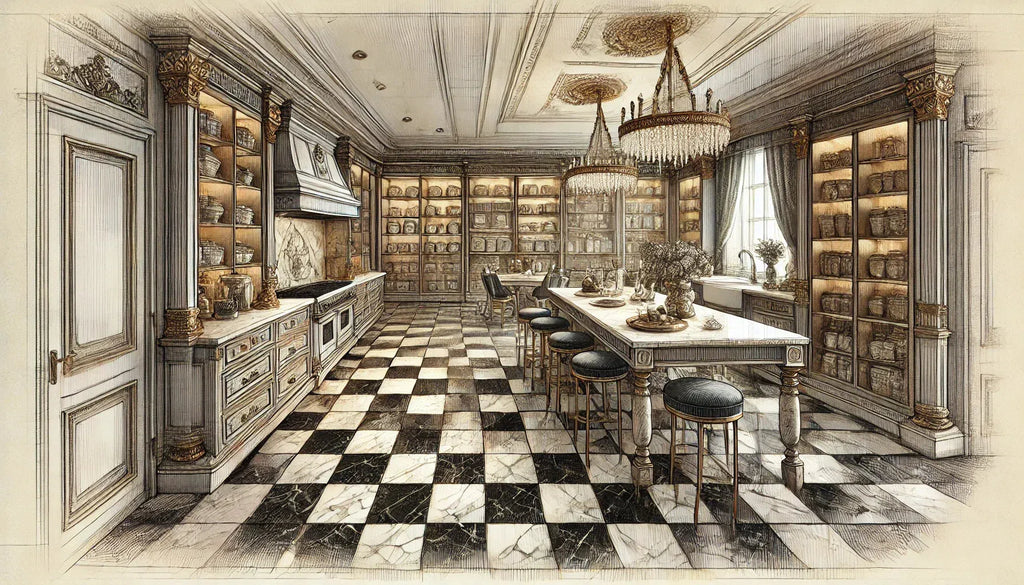 Checkerboard
Checkerboard
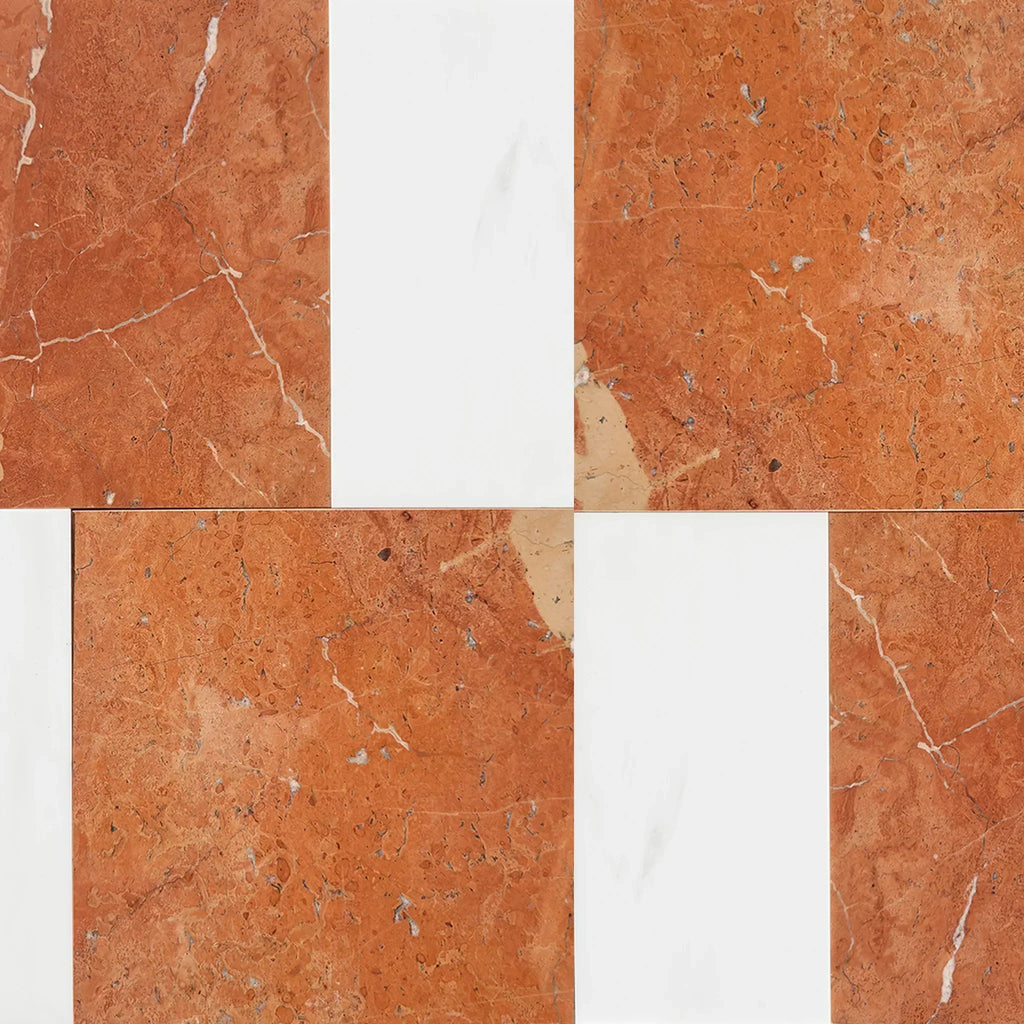 Patterned Tile
Patterned Tile
 Shop By Material
Shop By Material
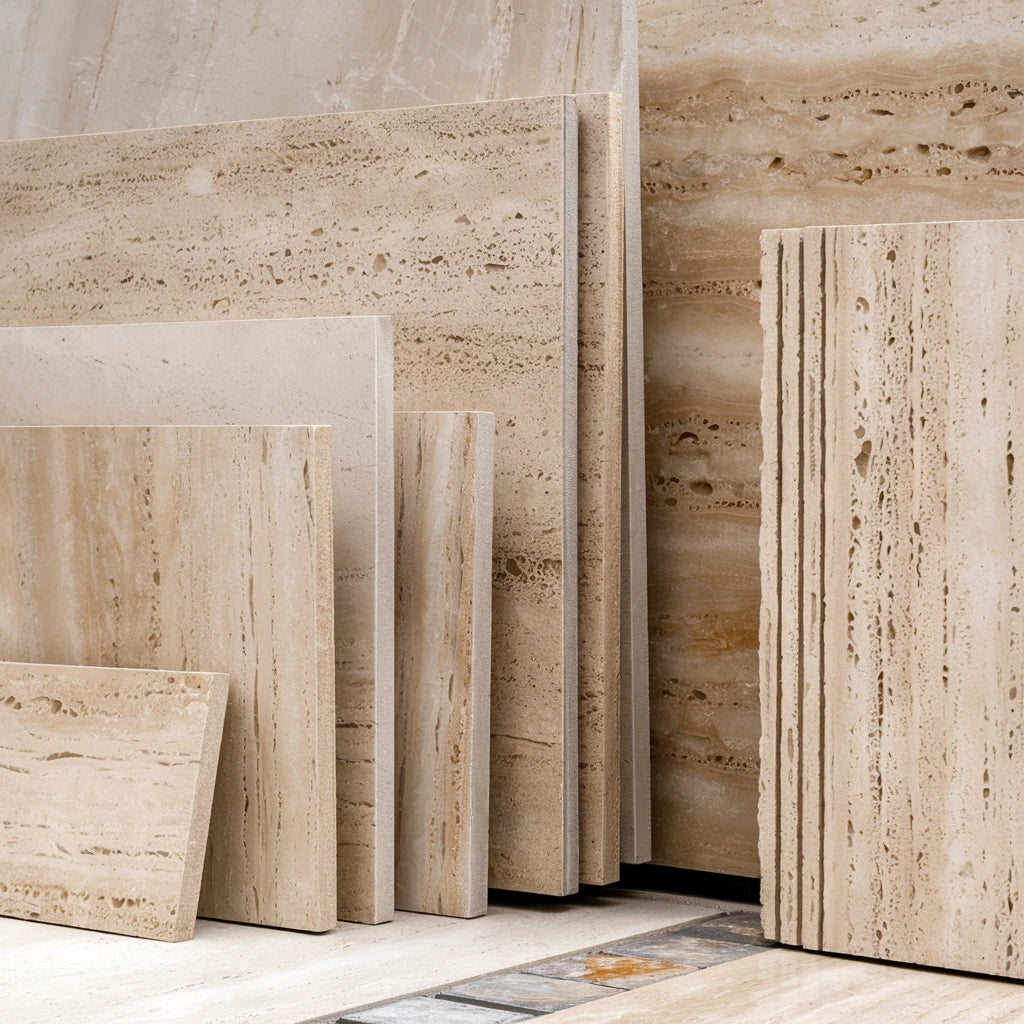 Travertine
Travertine Marble
Marble Limestone
Limestone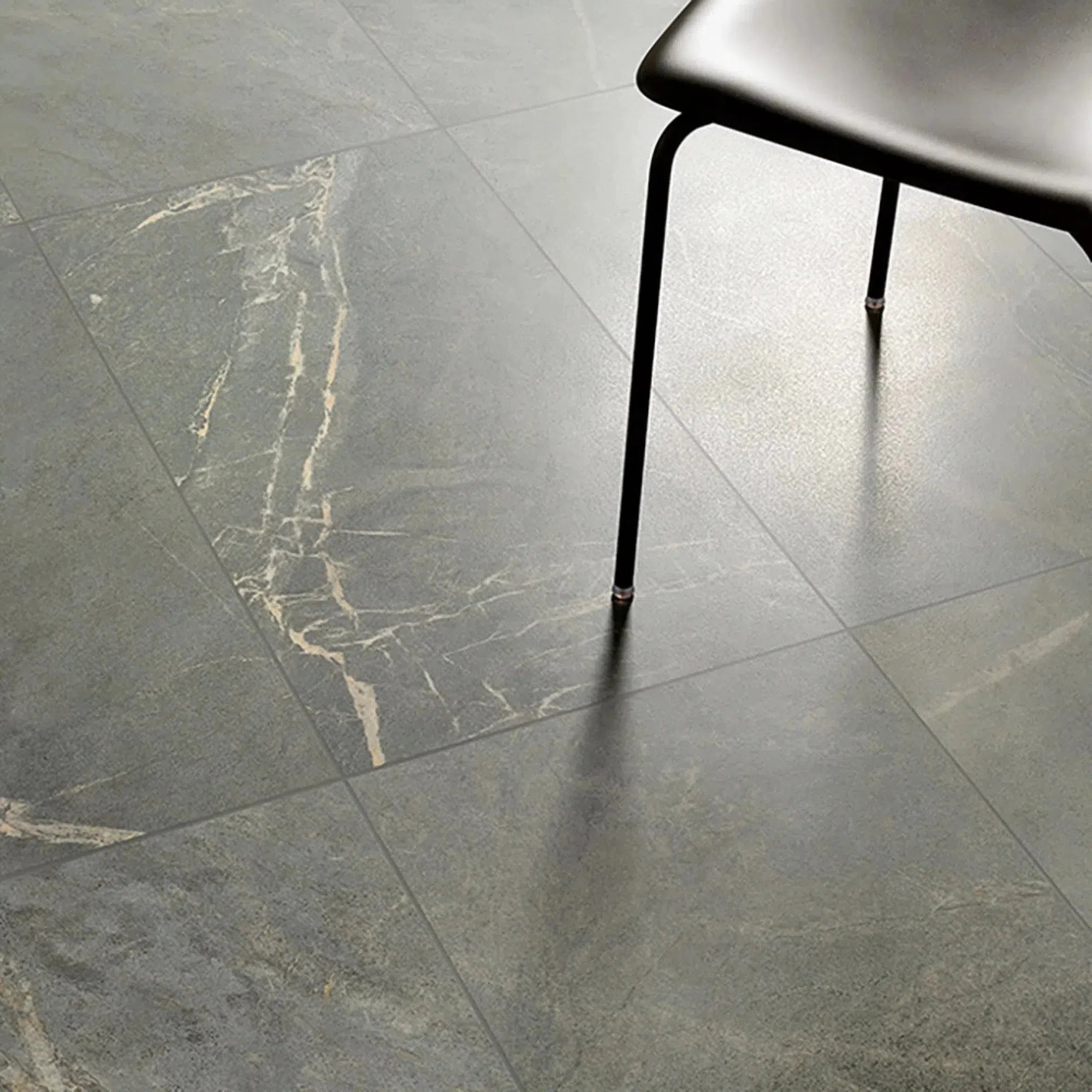 Soap Stone
Soap Stone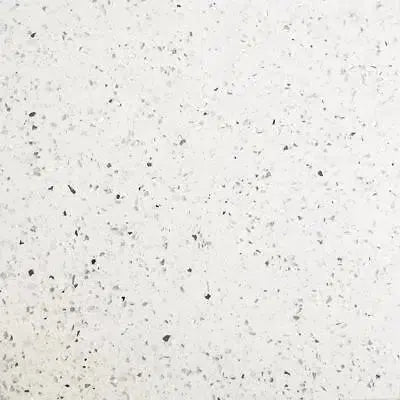 Quartz
Quartz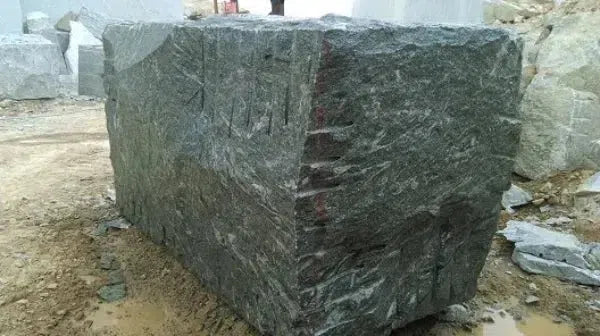 Granite
Granite Shop By Name
Shop By Name
 Absolute Black Granite
Absolute Black Granite Atlantic Gray Marble
Atlantic Gray Marble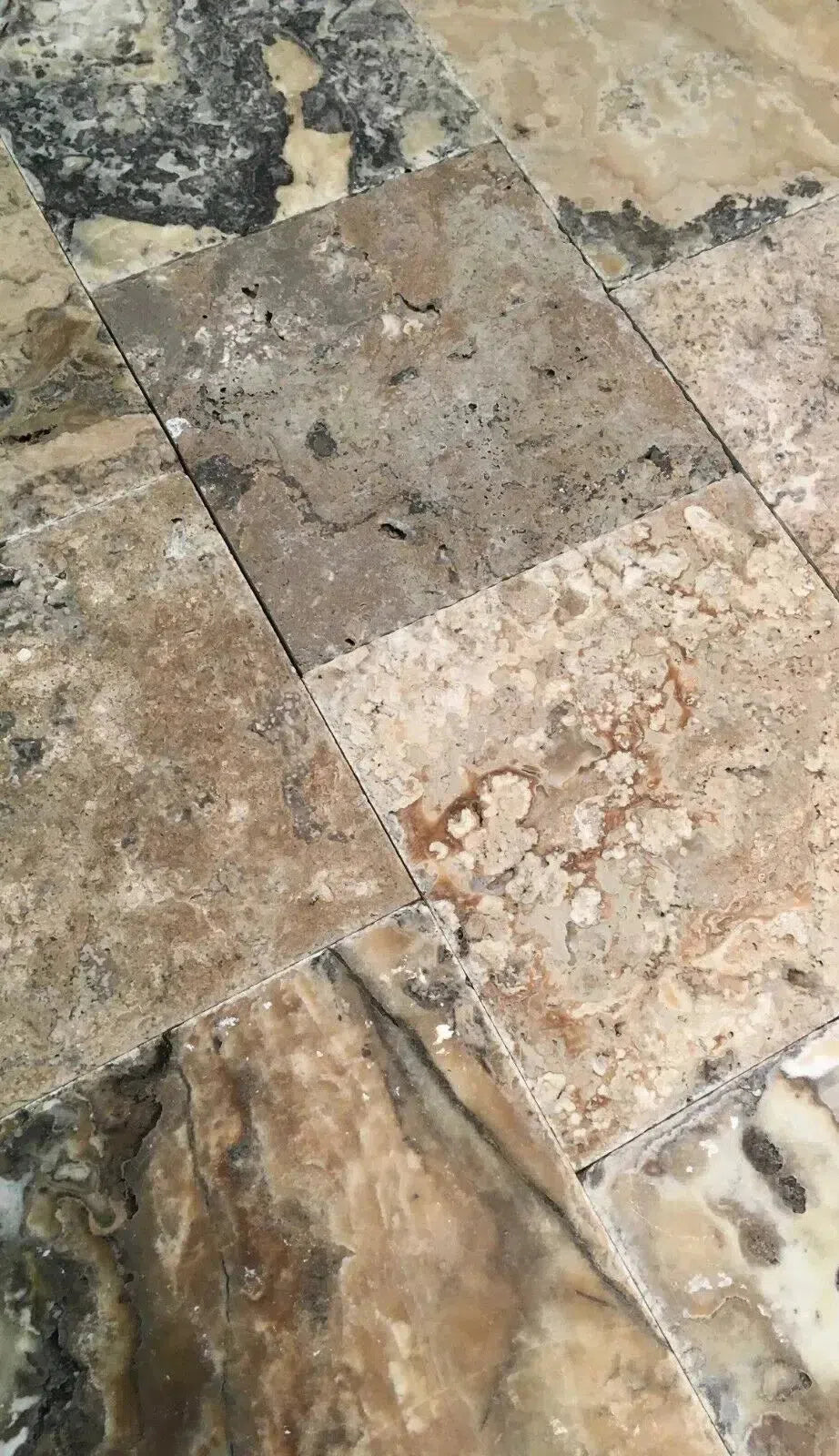 Antico Onyx Travertine
Antico Onyx Travertine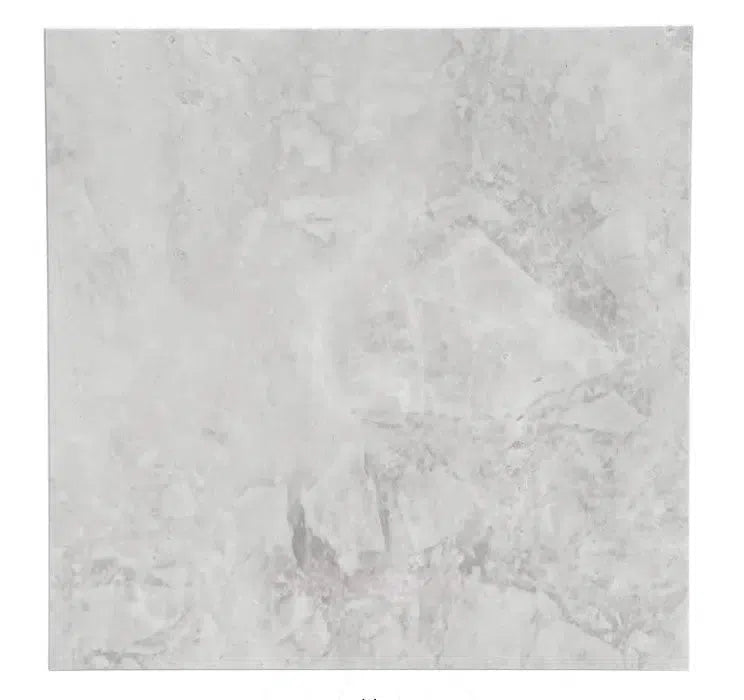 Bianco Congelato Dolomite
Bianco Congelato Dolomite Bianco Venatino (Bianco Mare) Marble
Bianco Venatino (Bianco Mare) Marble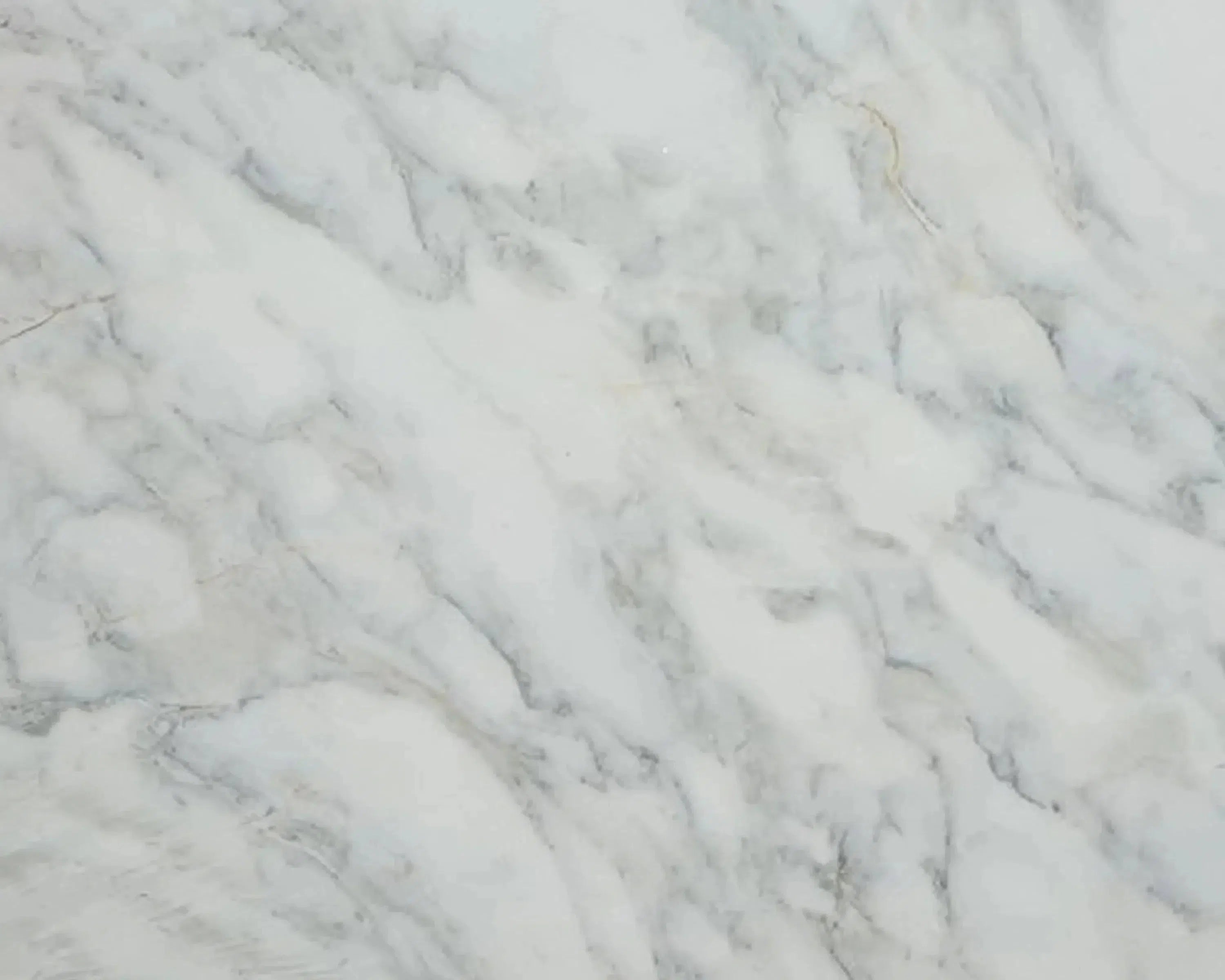 Calacatta Oliva Marble
Calacatta Oliva Marble Cappuccino Marble
Cappuccino Marble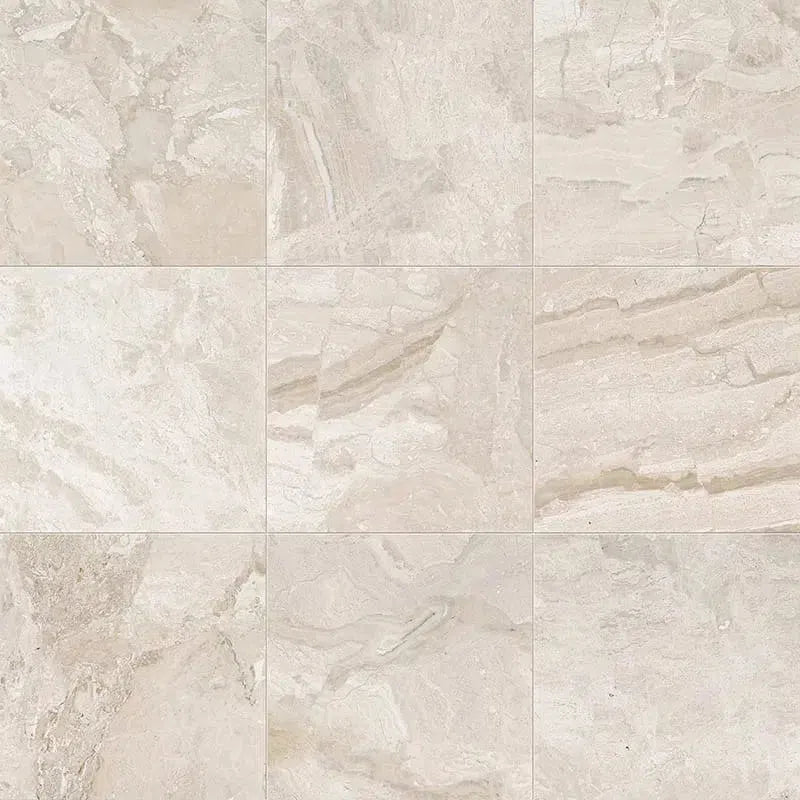 Diano Royal (Queen Beige) Marble
Diano Royal (Queen Beige) Marble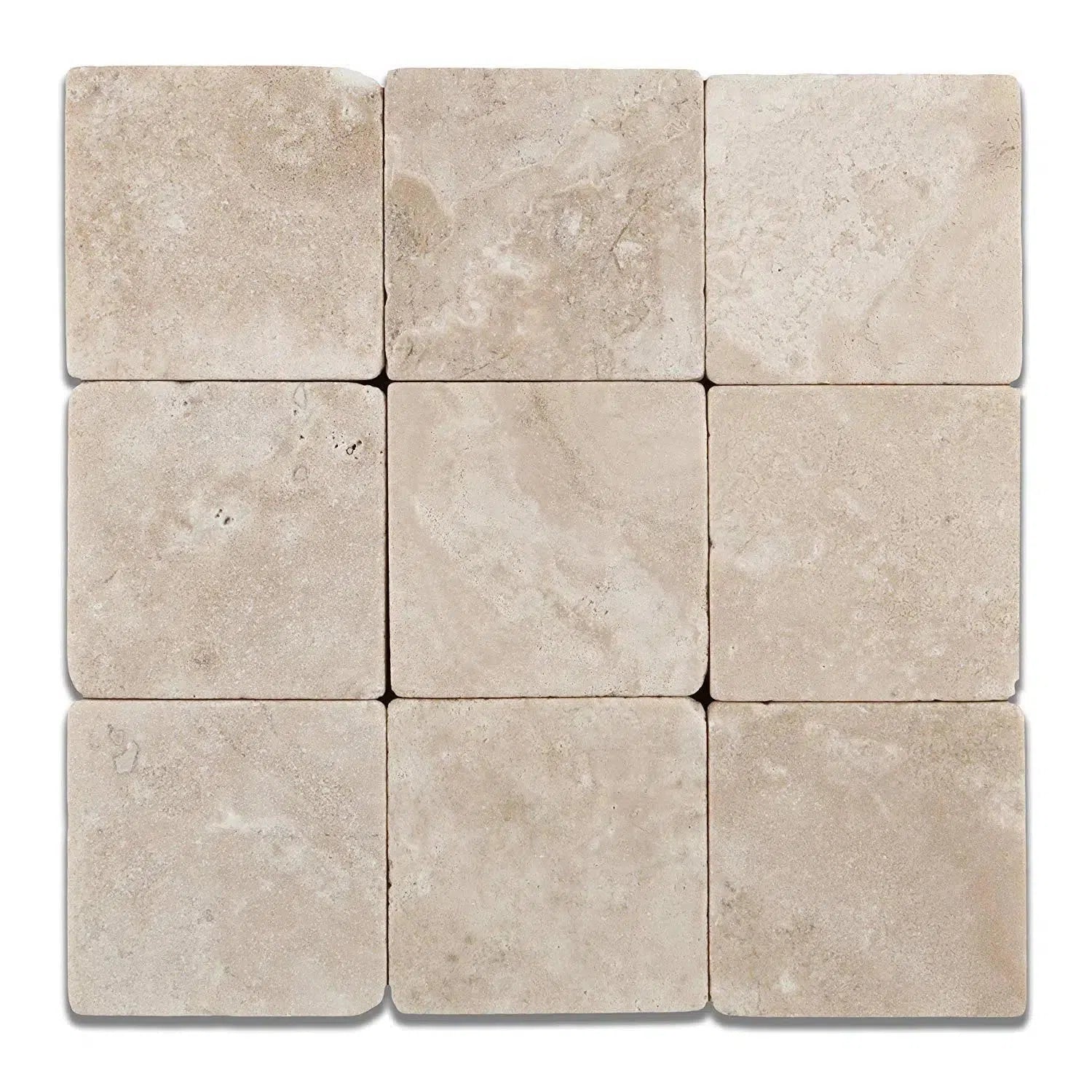 Durango Cream Traverine
Durango Cream Traverine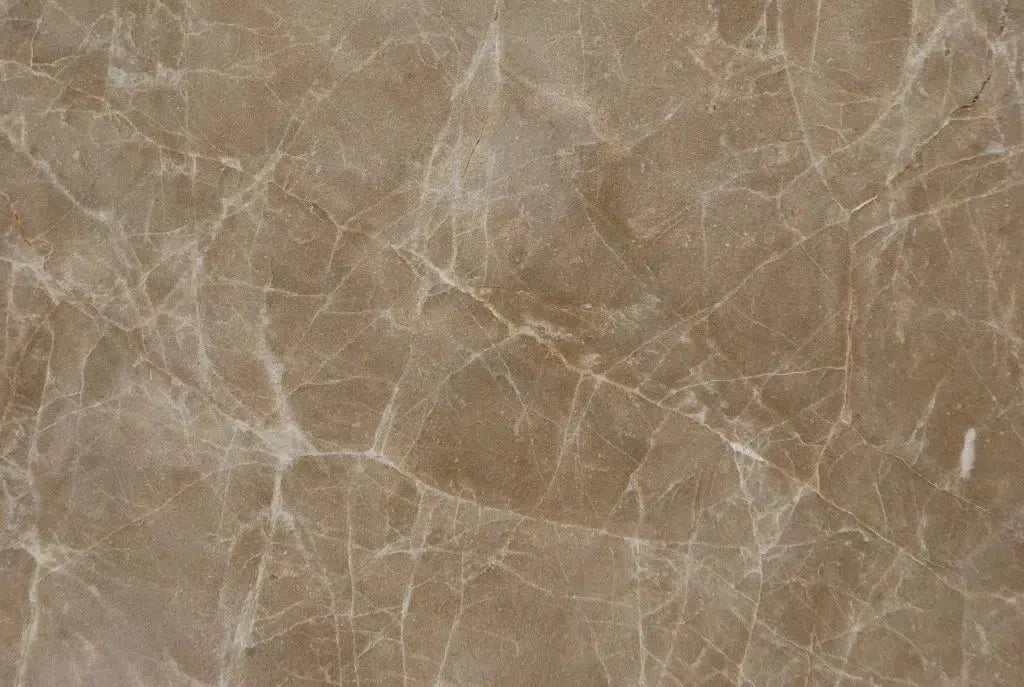 Emperador Light Marble
Emperador Light Marble Empress Green Marble
Empress Green Marble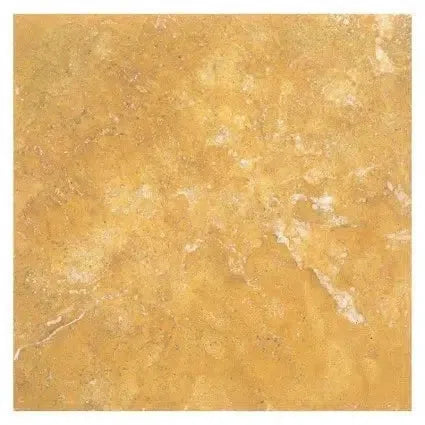 Gold/Yellow Travertine
Gold/Yellow Travertine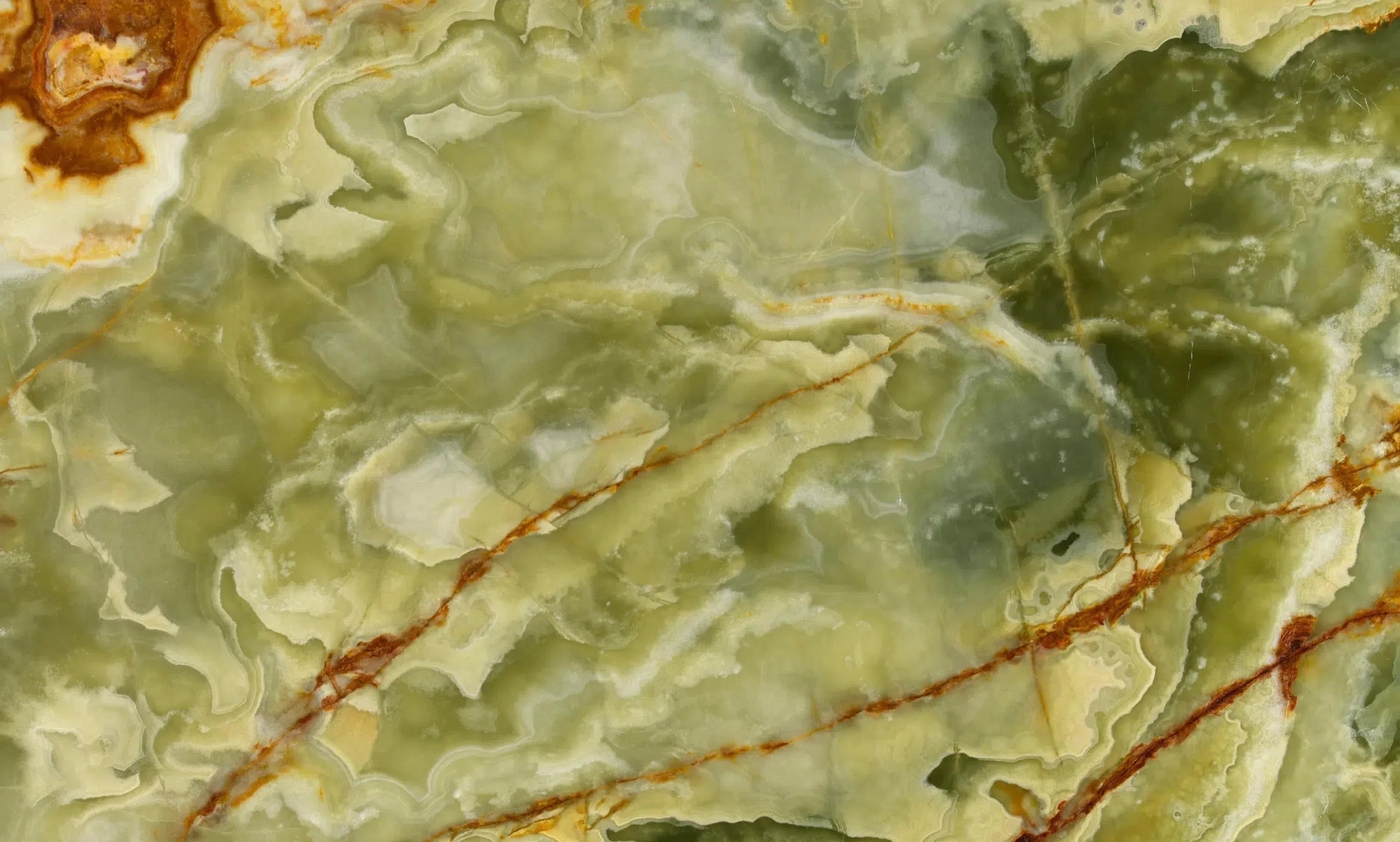 Green Onyx Marble
Green Onyx Marble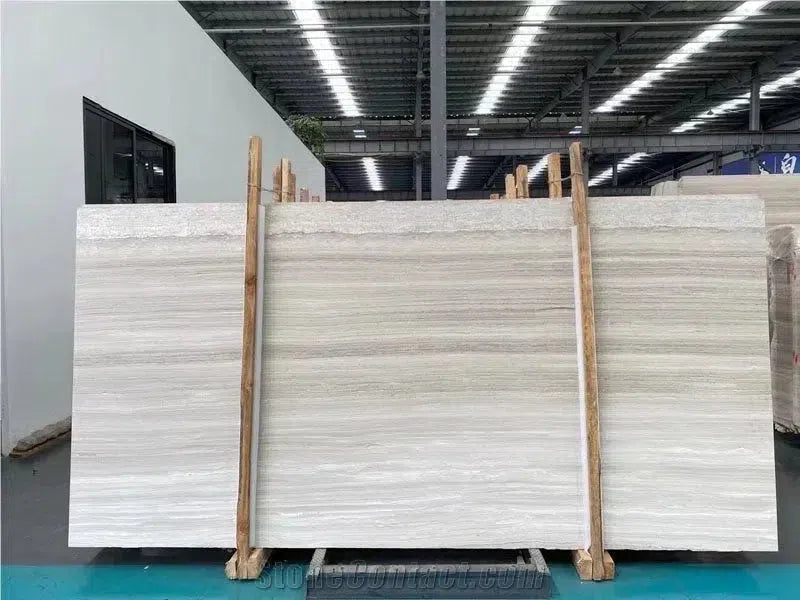 Haisa Light (White Wood) Limestone
Haisa Light (White Wood) Limestone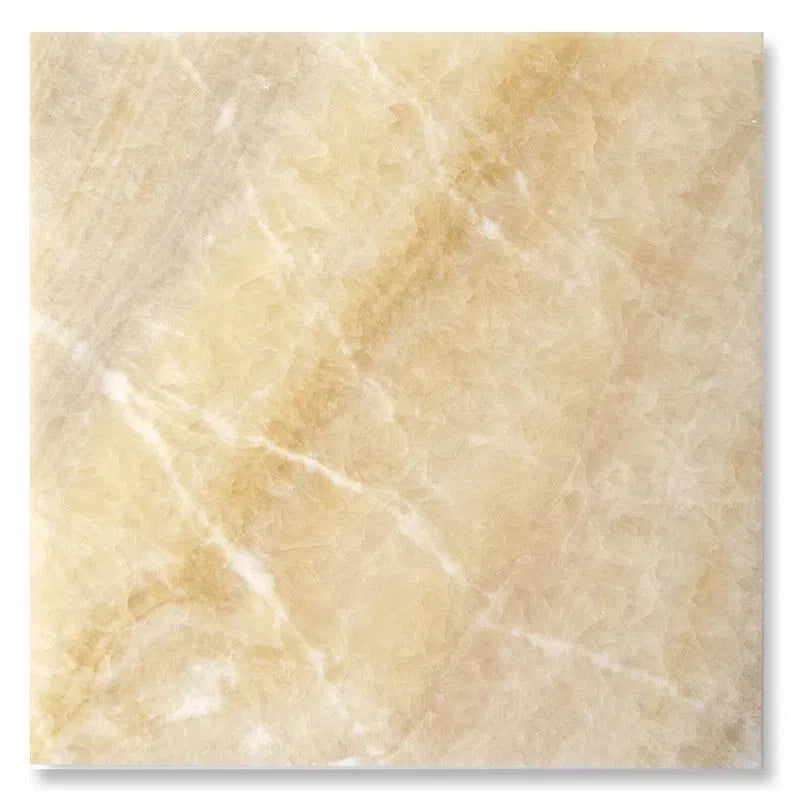 Honey Onyx Marble
Honey Onyx Marble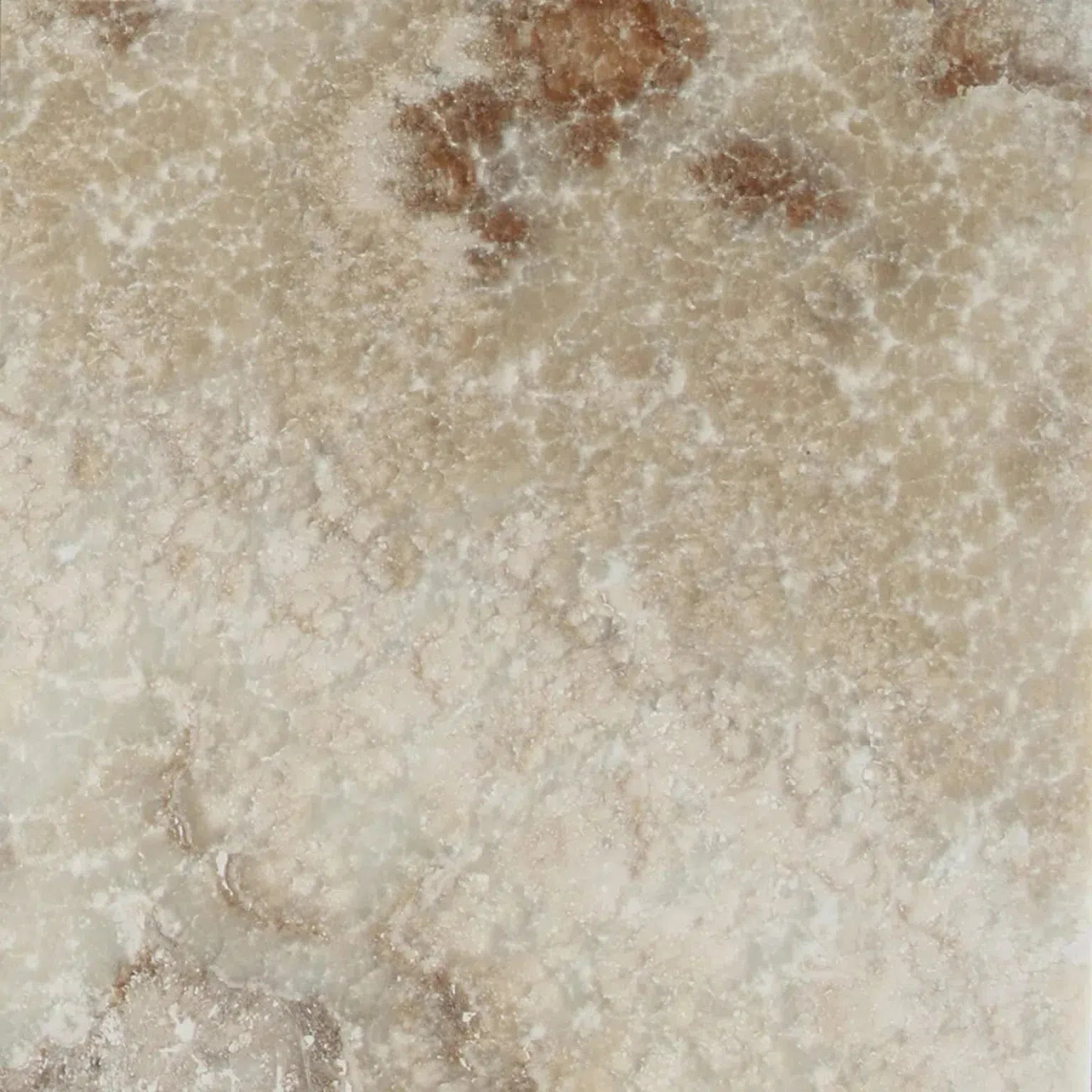 La Travonya Travertine
La Travonya Travertine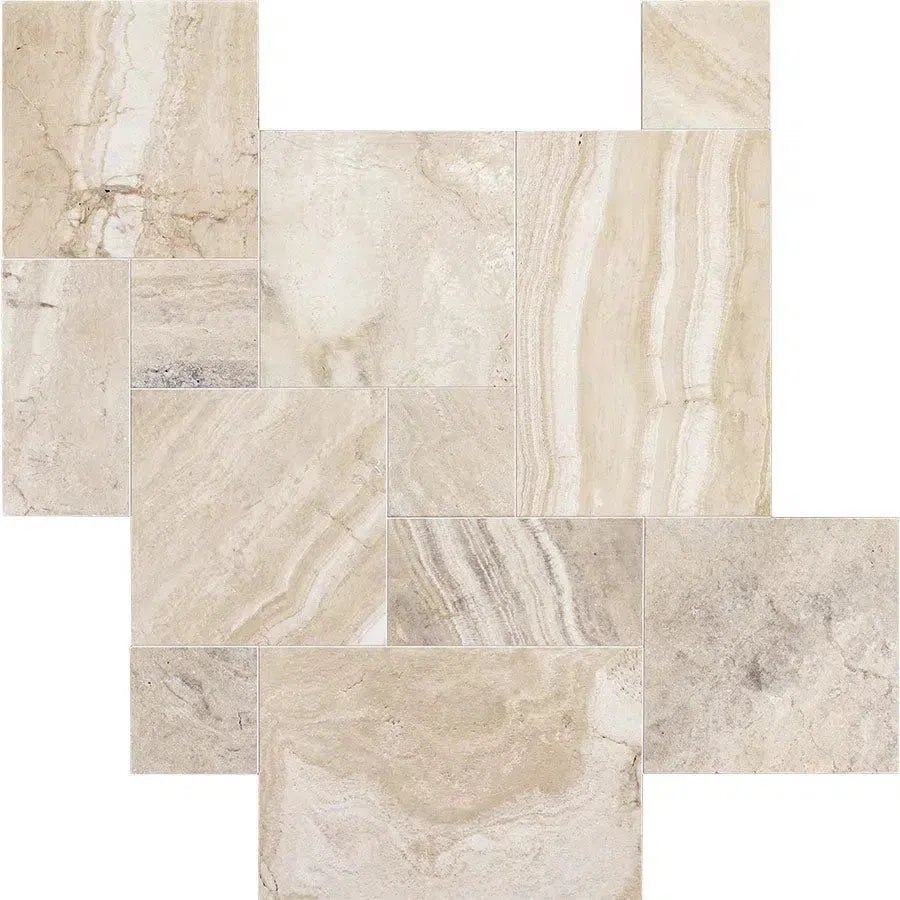 Malibu Travertine
Malibu Travertine Mink (Equator) Marble
Mink (Equator) Marble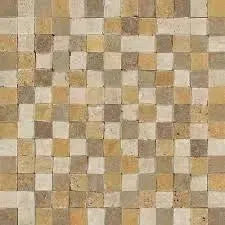 Mixed (Ivory-Noce-Gold) Travertine
Mixed (Ivory-Noce-Gold) Travertine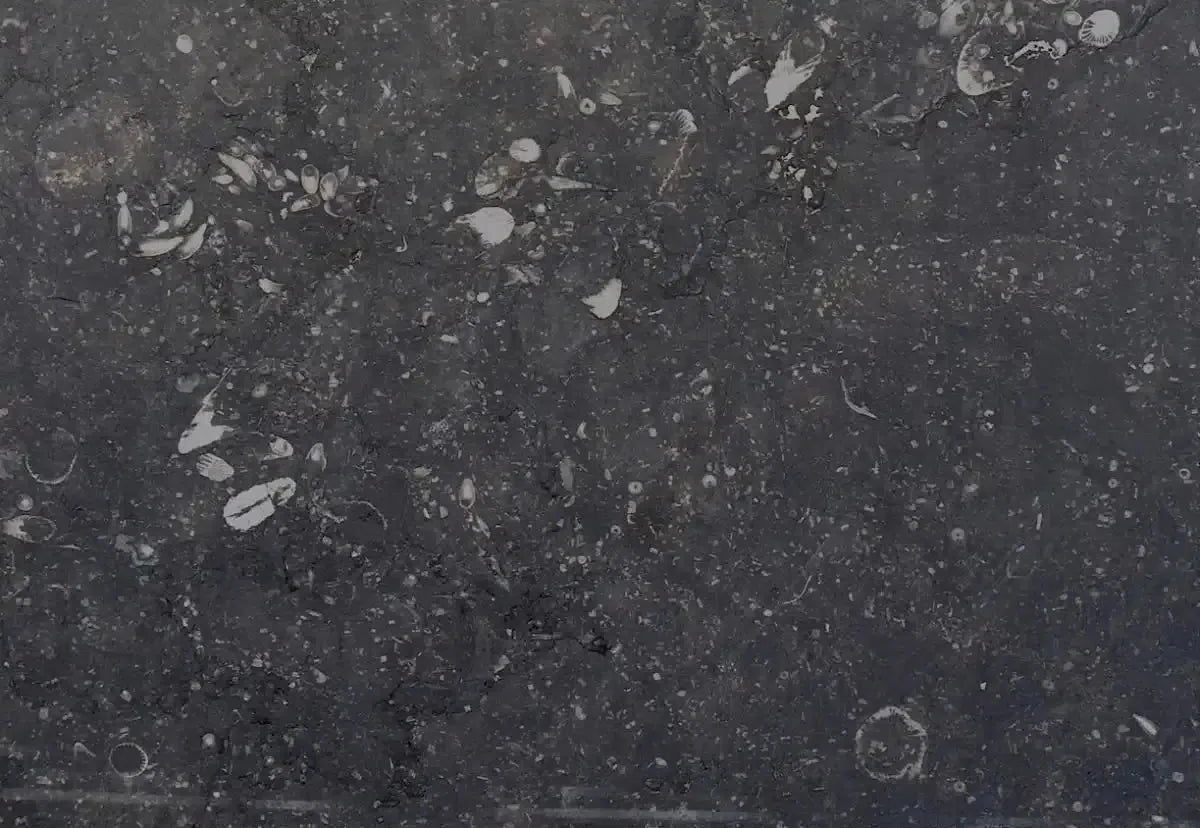 Pierre Bleue (Pierre Blue) Marble
Pierre Bleue (Pierre Blue) Marble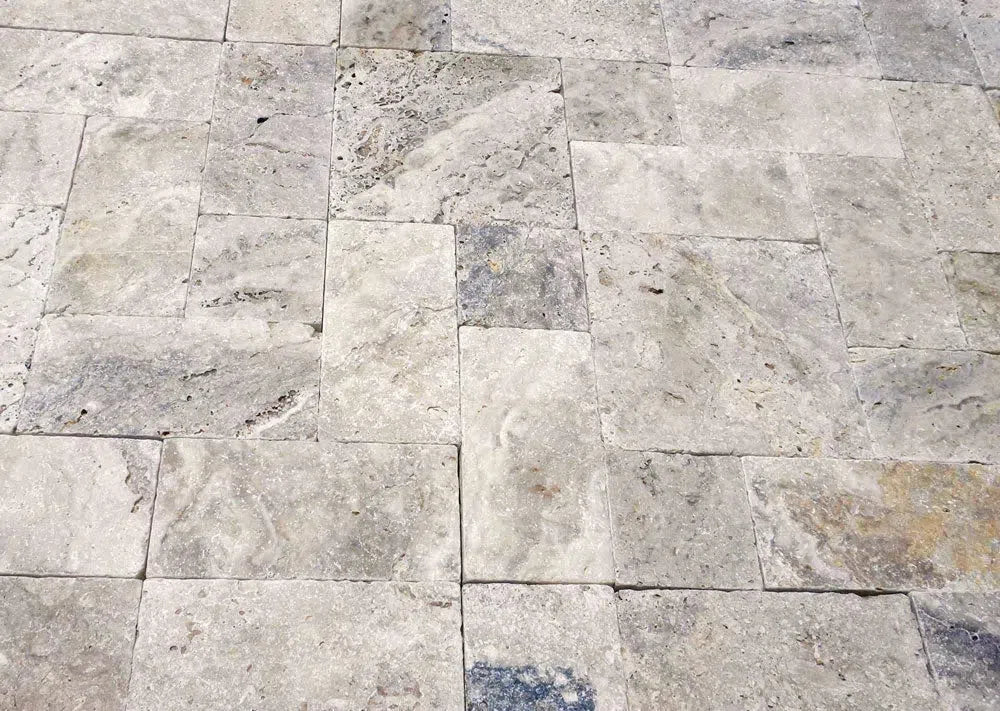 Philadelphia Travertine
Philadelphia Travertine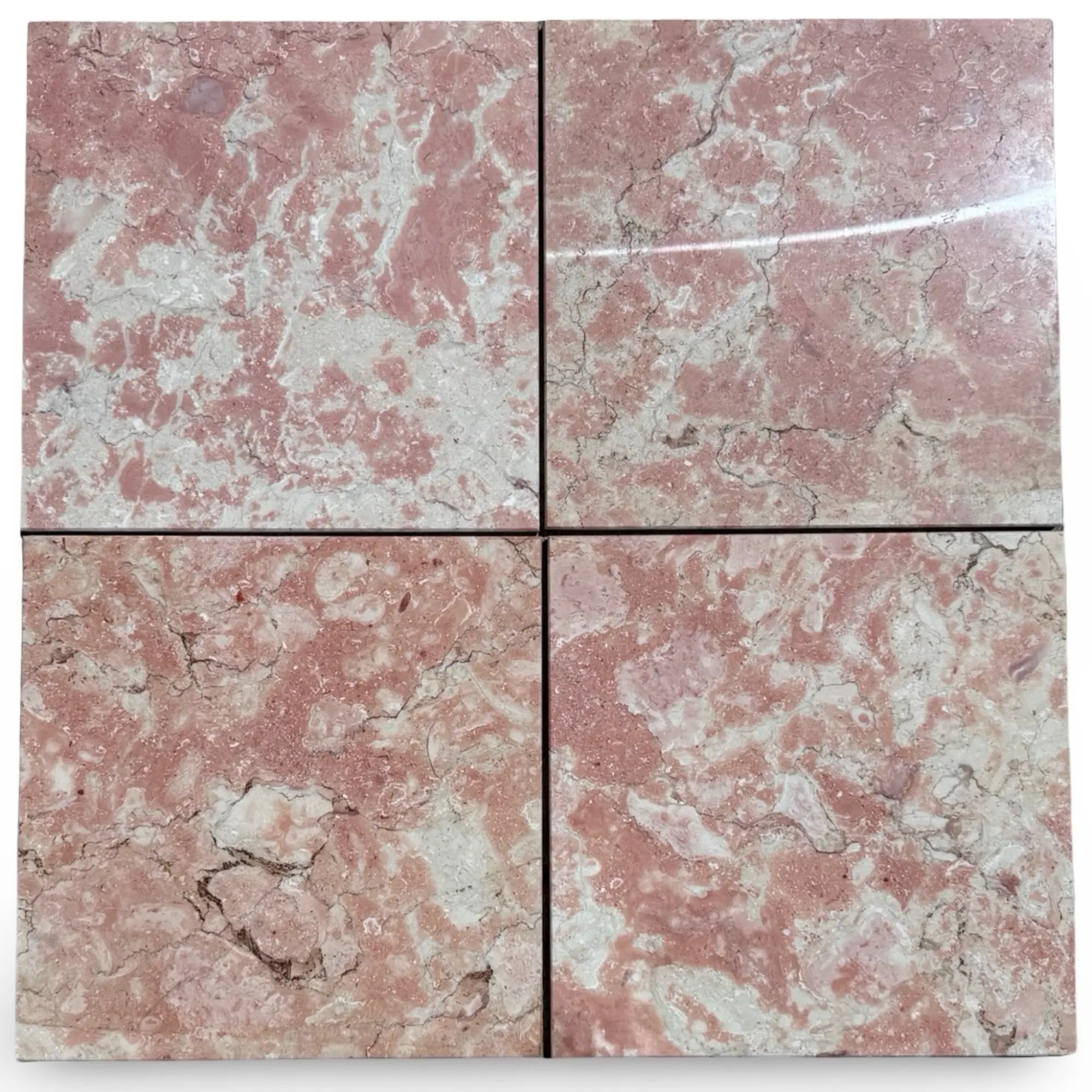 Rosé Aurora Marble
Rosé Aurora Marble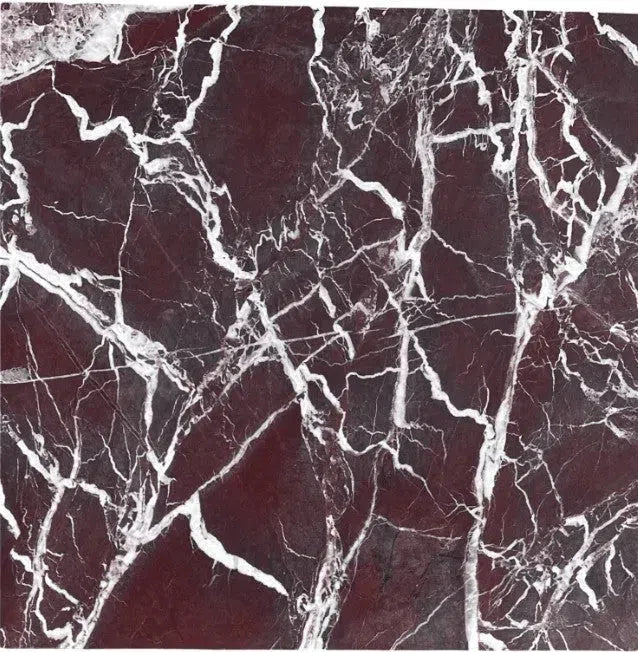 Rosso Levanto Marble
Rosso Levanto Marble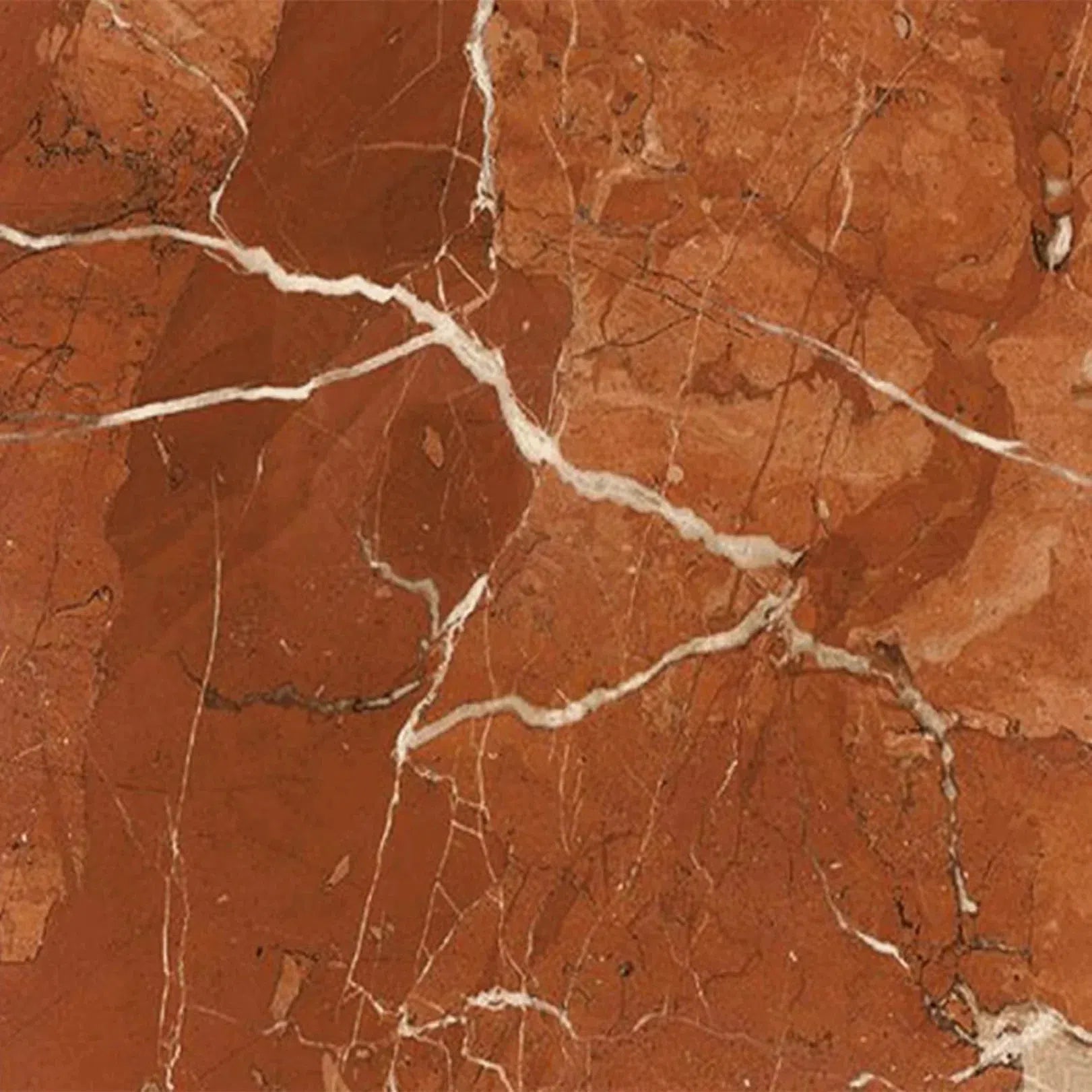 Rojo Alicante Marble
Rojo Alicante Marble Sky Blue | Azul Cielo Marble
Sky Blue | Azul Cielo Marble Snow White (Afyon White) Marble
Snow White (Afyon White) Marble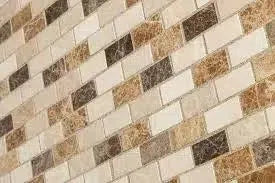 Spanish Mix Marble
Spanish Mix Marble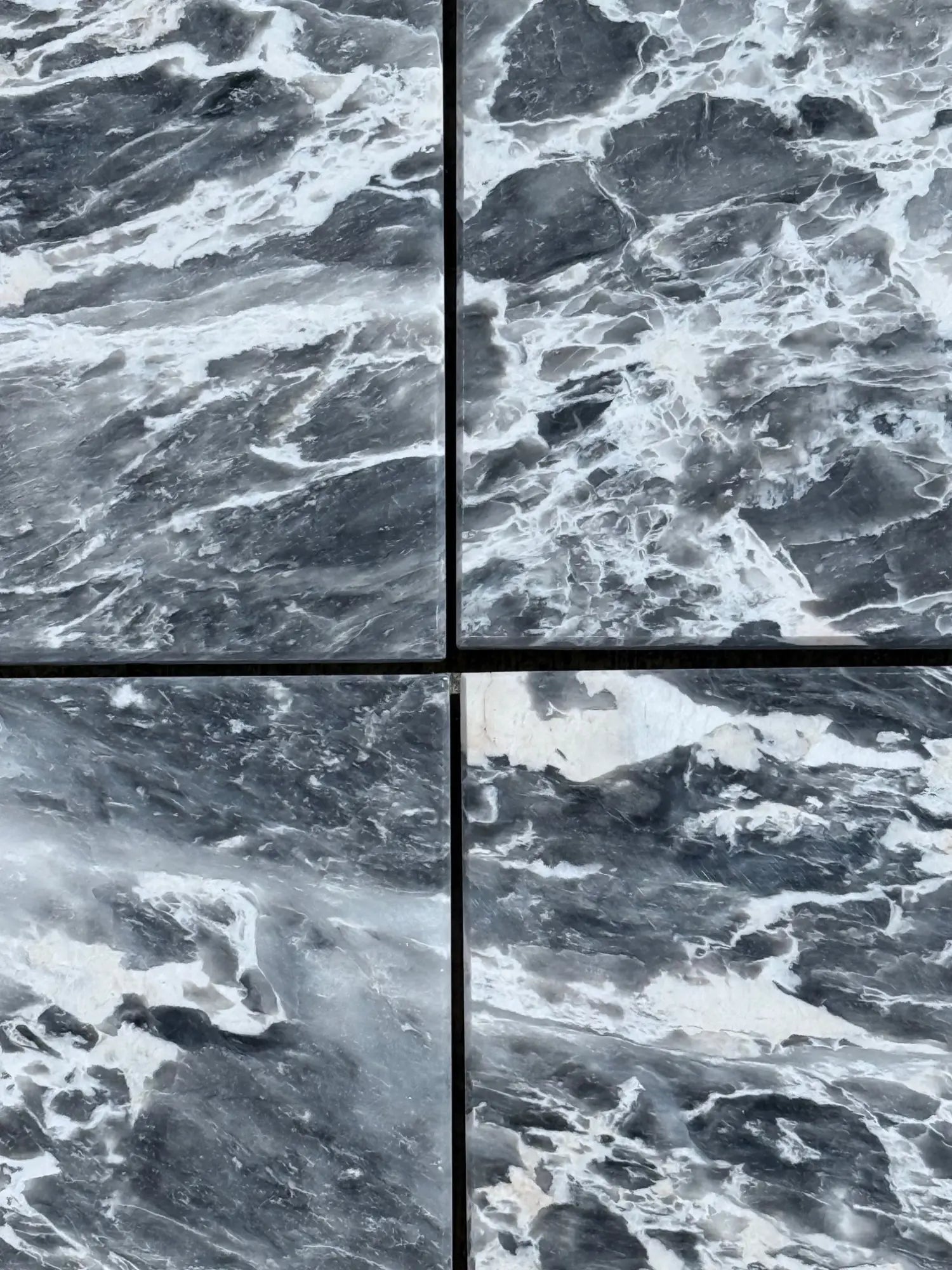 Storm Gray Marble
Storm Gray Marble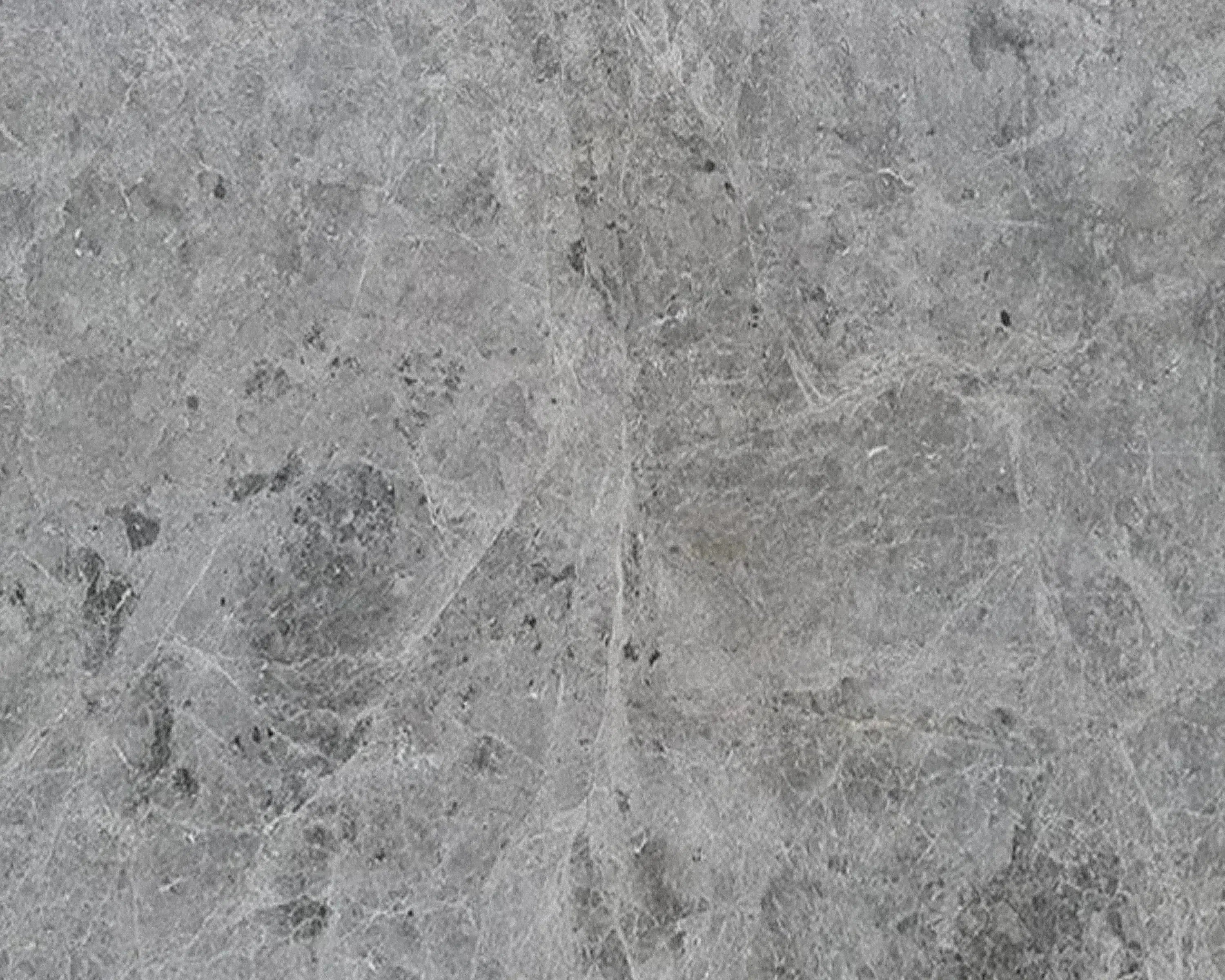 Tundra Gray (Atlantic Gray) Marble
Tundra Gray (Atlantic Gray) Marble Valencia Travertine
Valencia Travertine Valerenga Travertine
Valerenga Travertine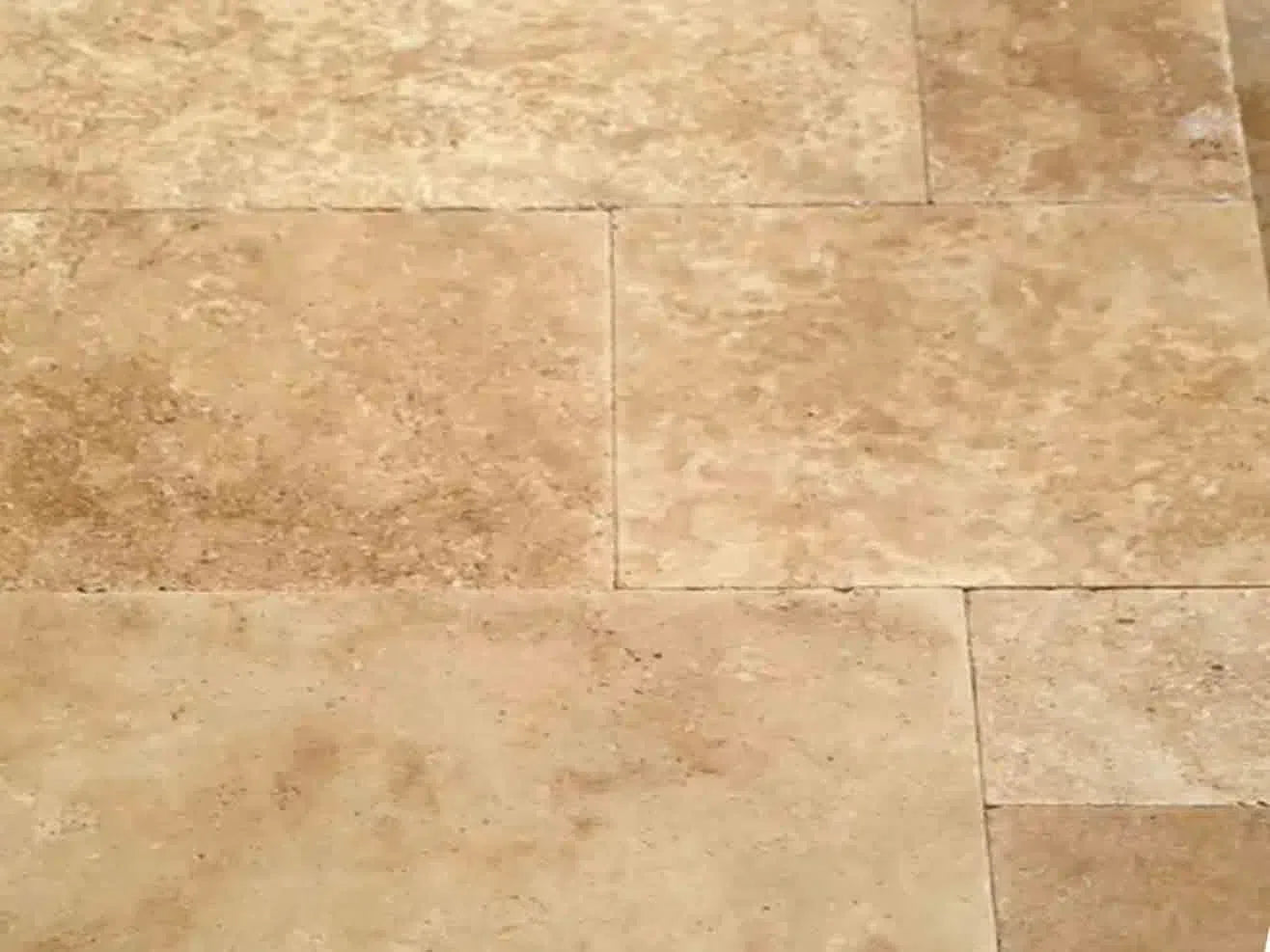 Walnut Travertine
Walnut Travertine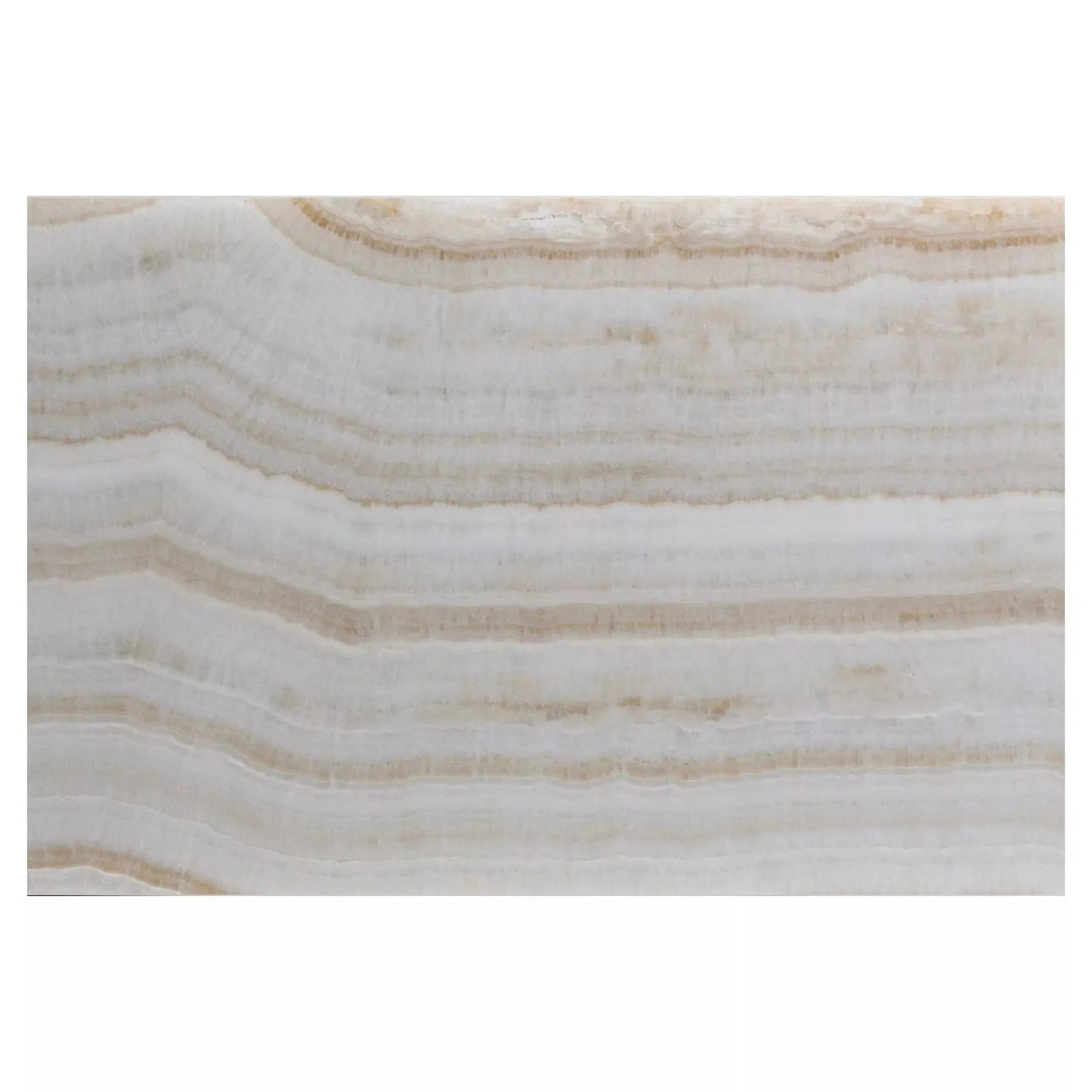 White Onyx Marble
White Onyx Marble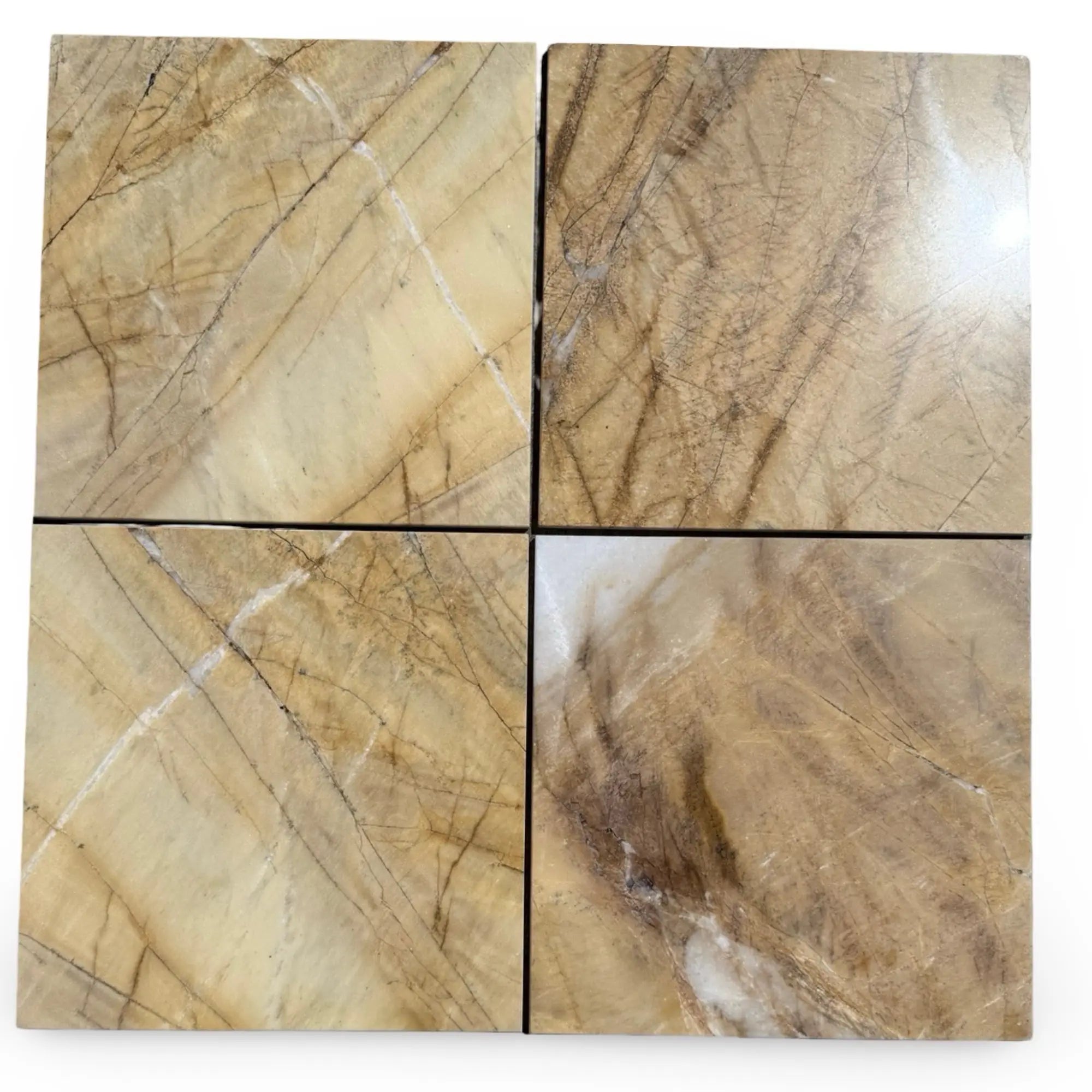 Golden Horizon Marble
Golden Horizon Marble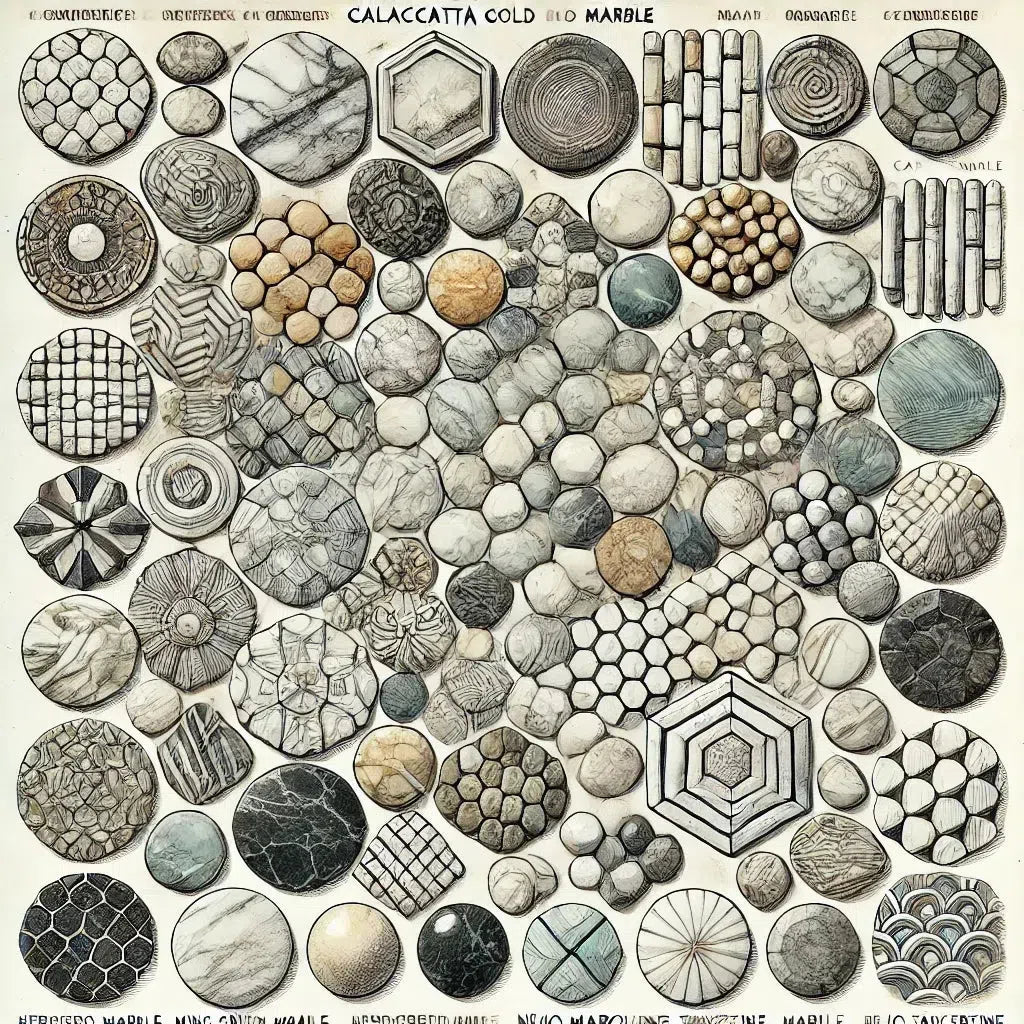 Shop By Type
Shop By Type
 Marble Tiles
Marble Tiles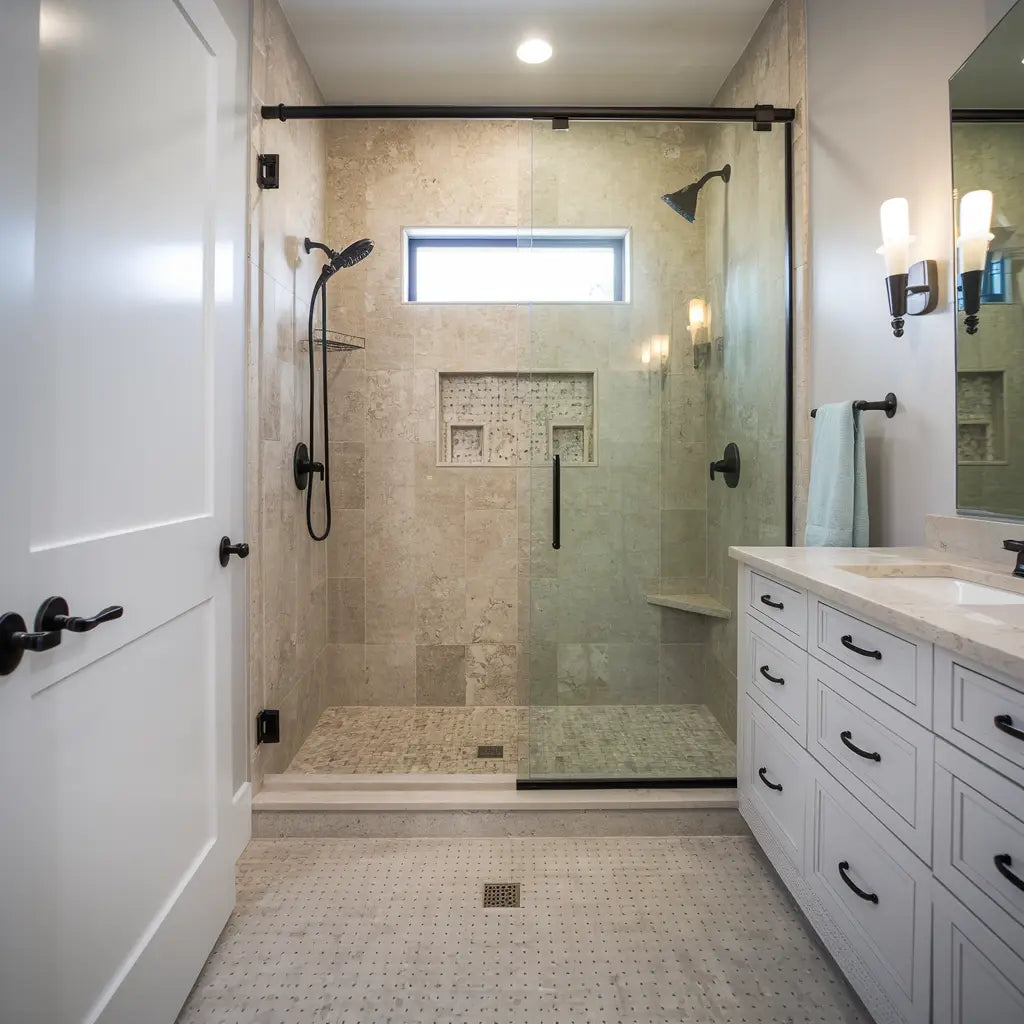 Marble Mosaic
Marble Mosaic Travertine Tiles
Travertine Tiles Travertine Mosaic
Travertine Mosaic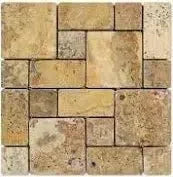 4 pcs Versailles Pattern / French Pattern Set
4 pcs Versailles Pattern / French Pattern Set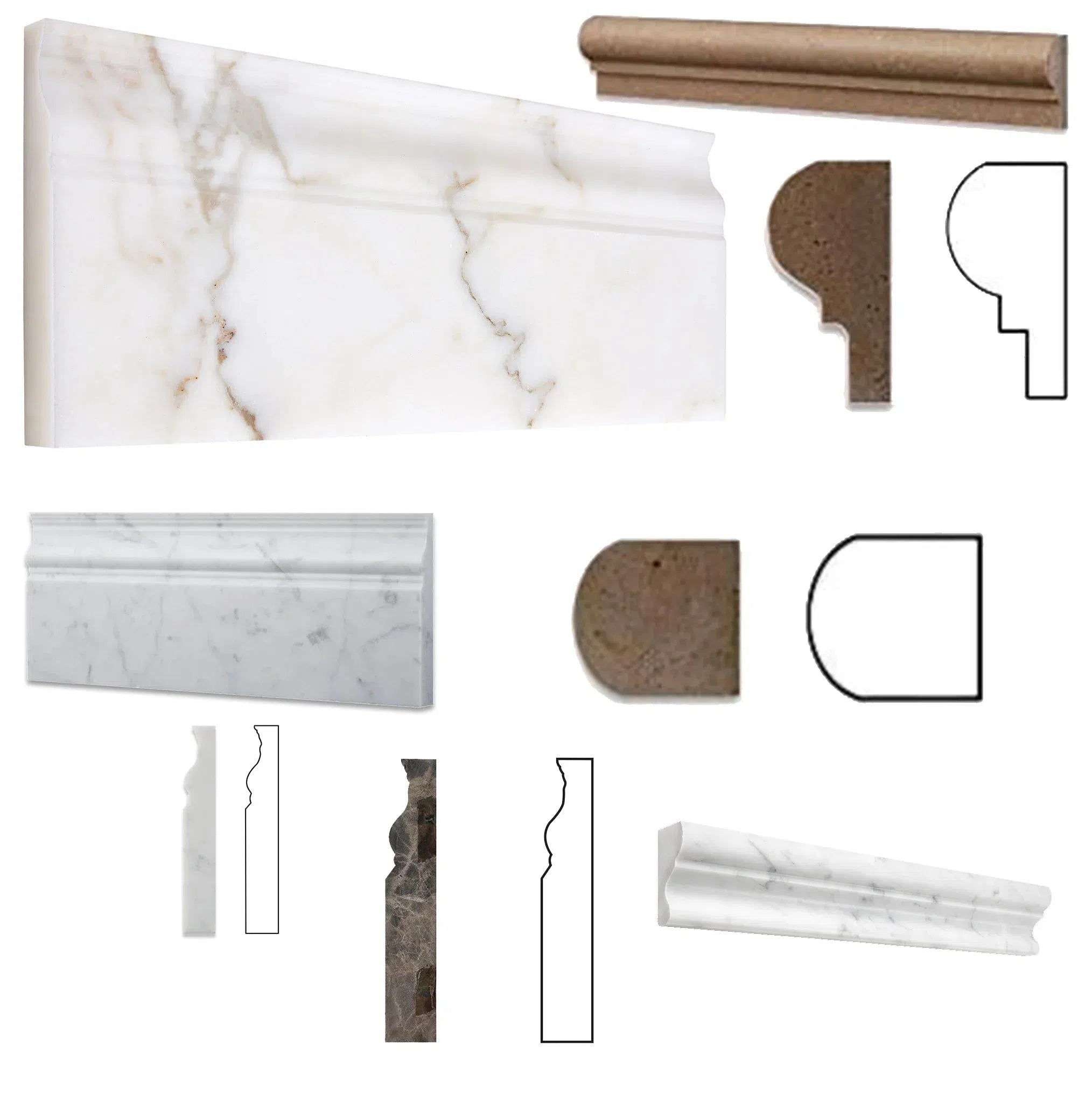 Molding/Trim
Molding/Trim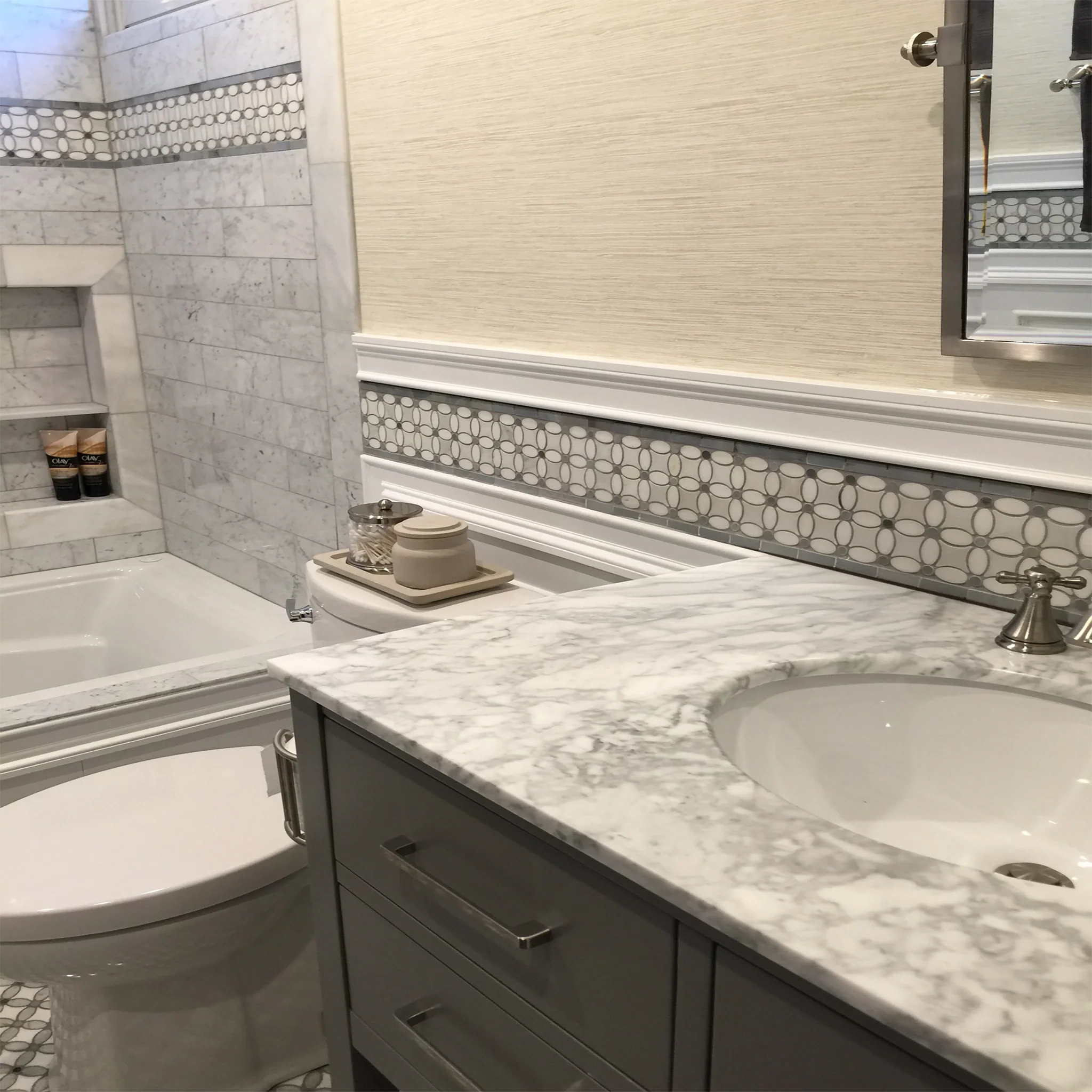 Border/Listello
Border/Listello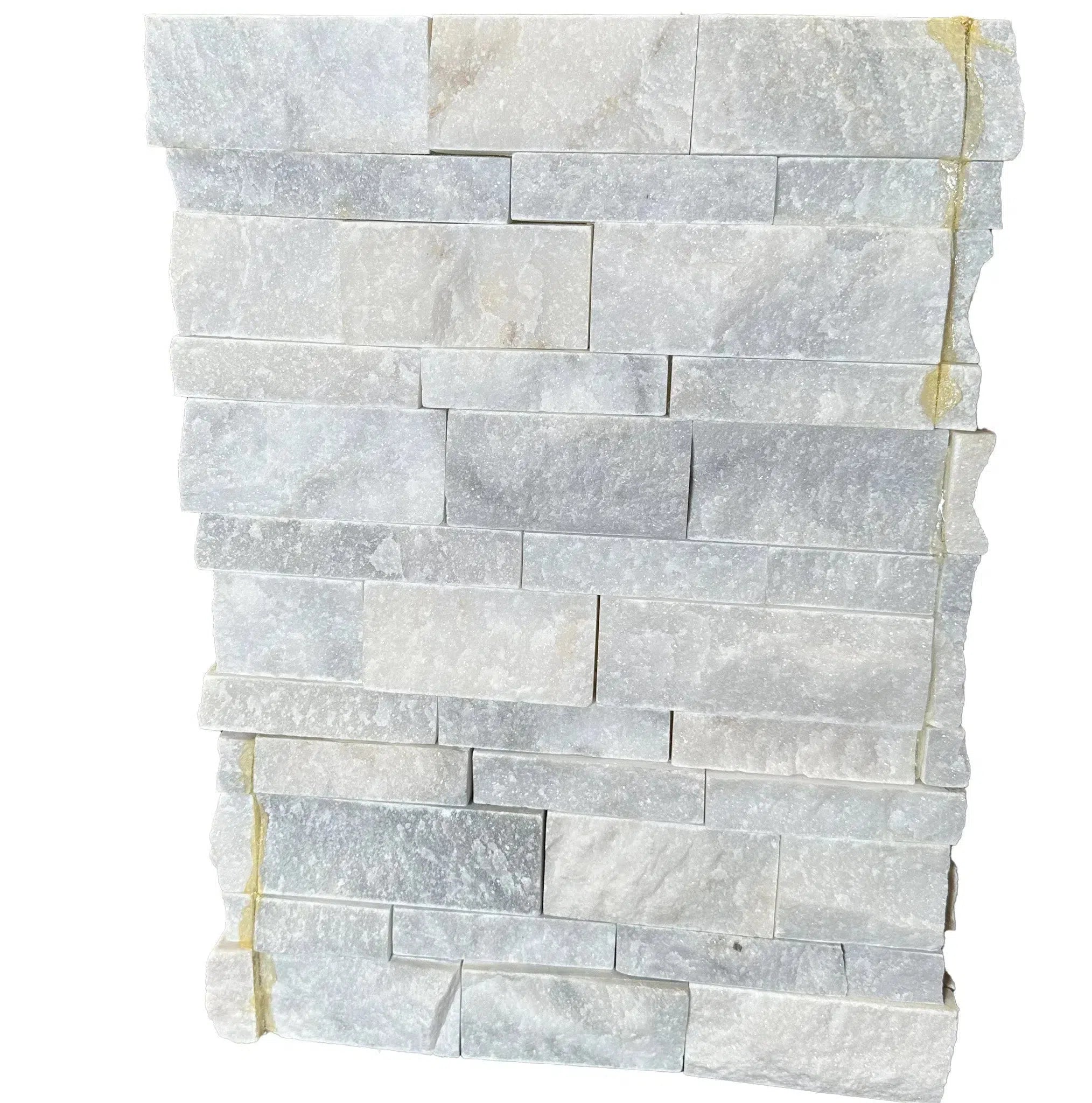 Ledger-Panel
Ledger-Panel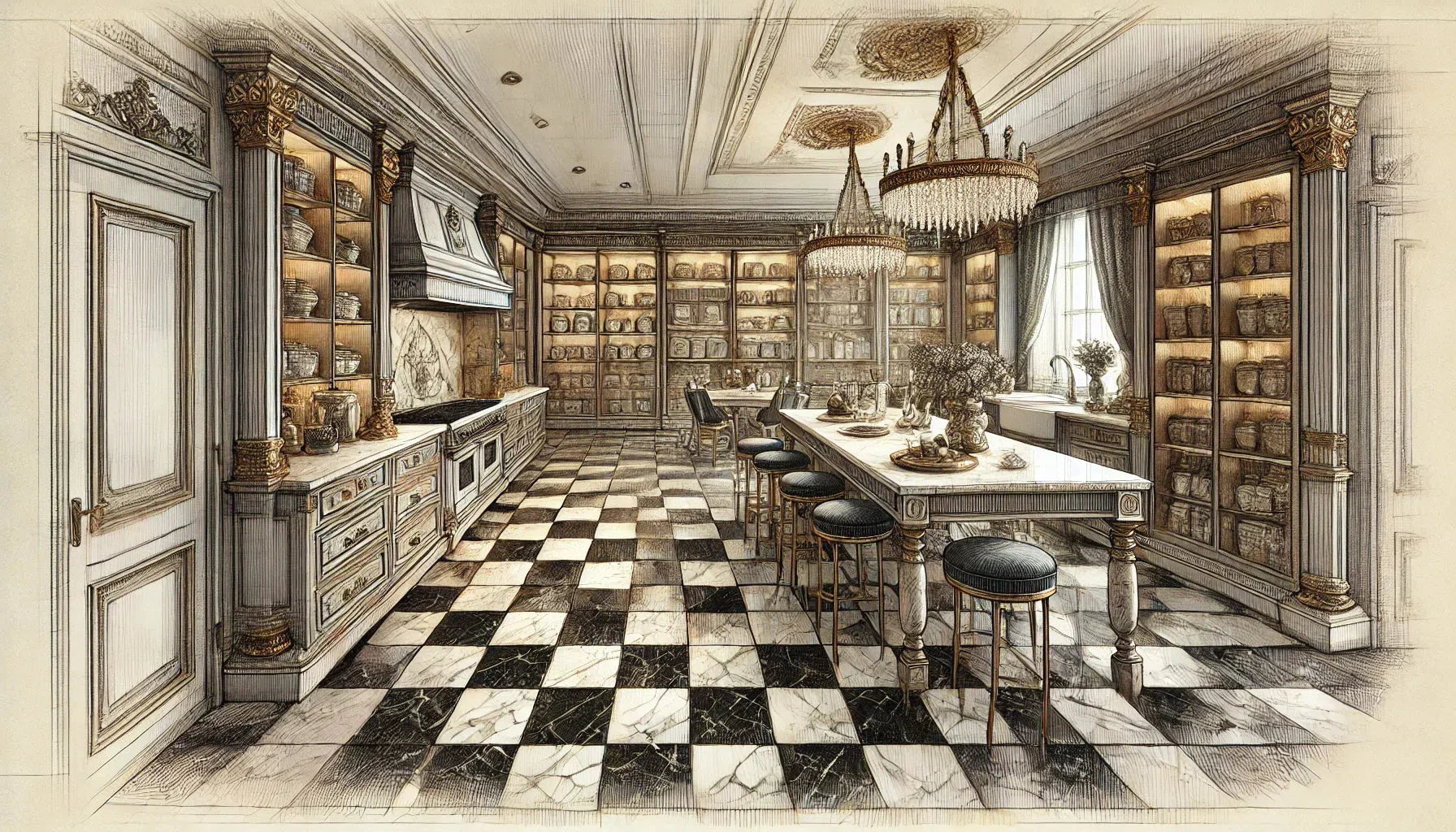 Checkerboard
Checkerboard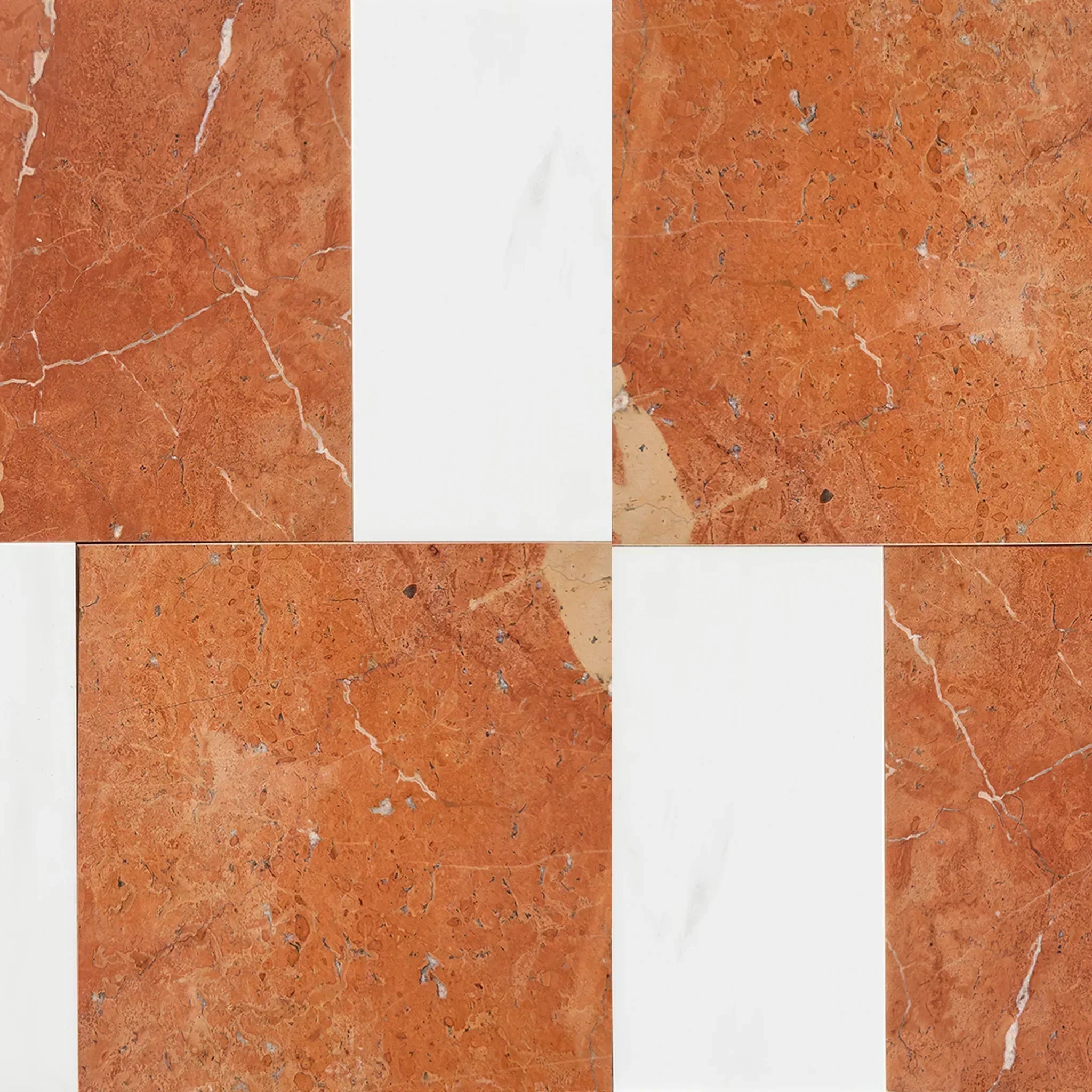 Patterned Tile Collection
Patterned Tile Collection 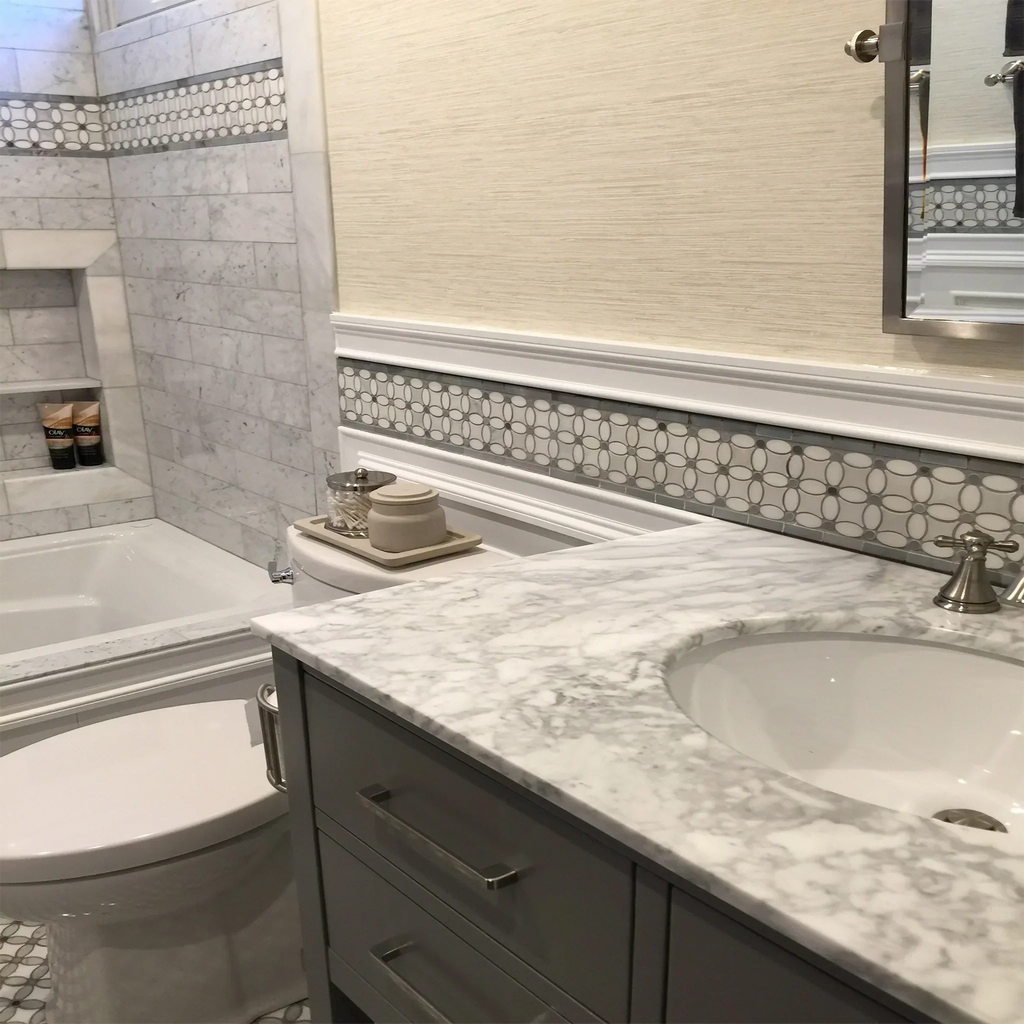 Shop By Finish
Shop By Finish
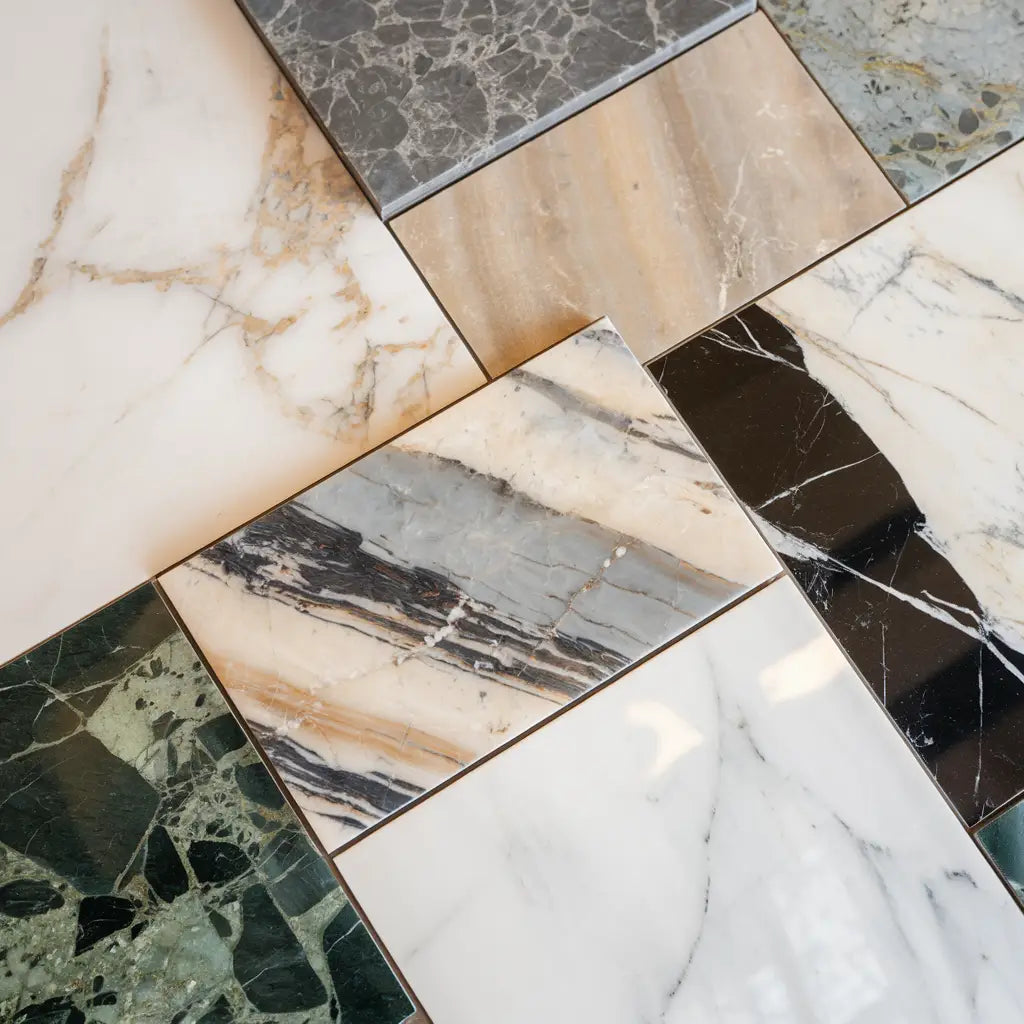 Polished
Polished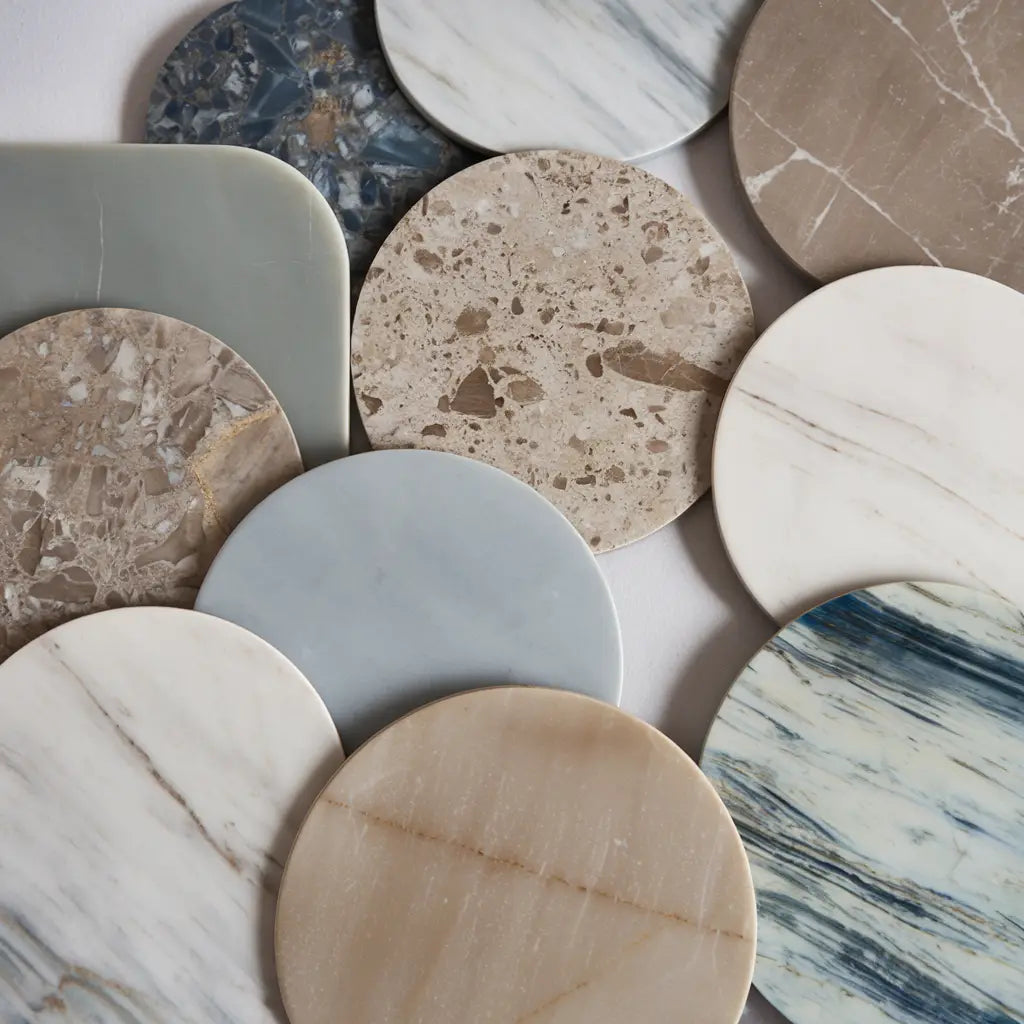 Honed
Honed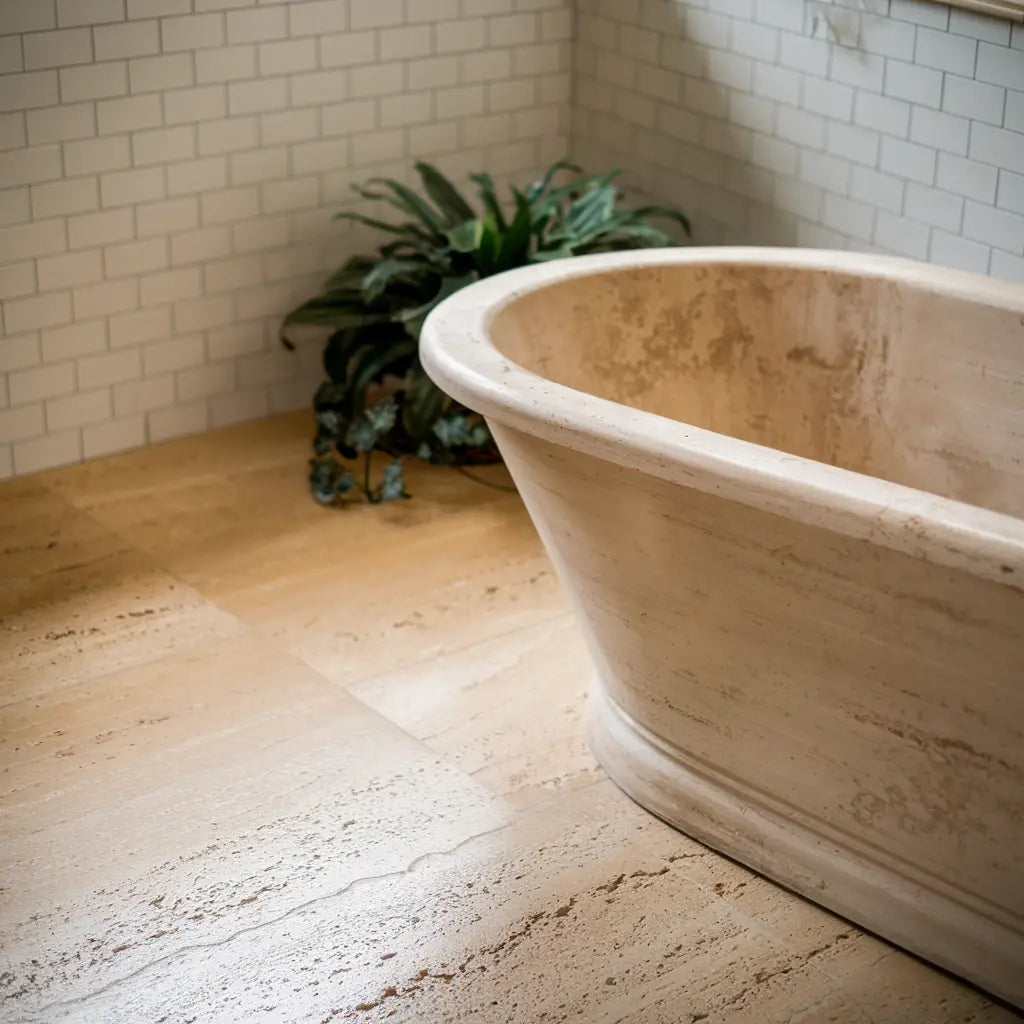 Brushed
Brushed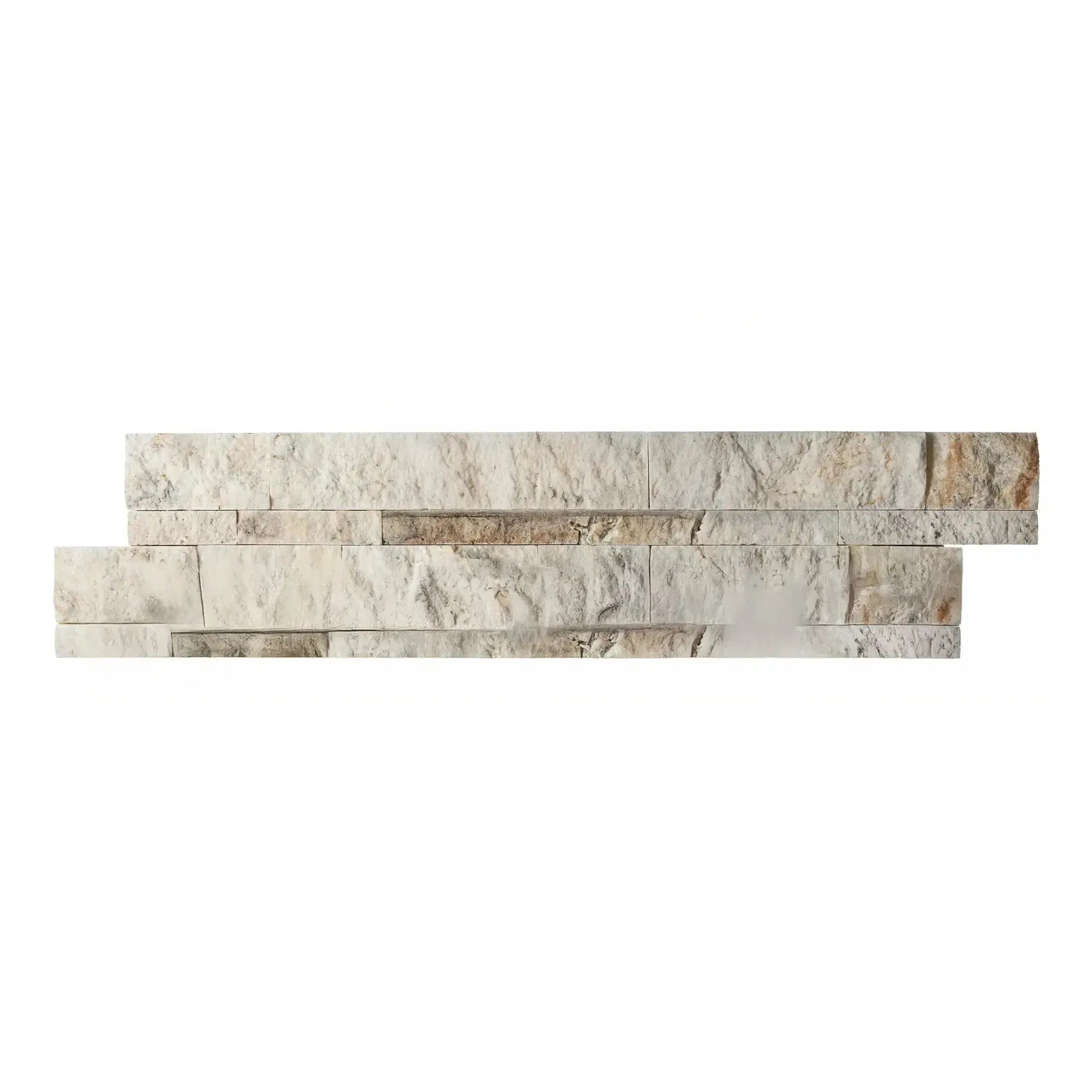 Split Face
Split Face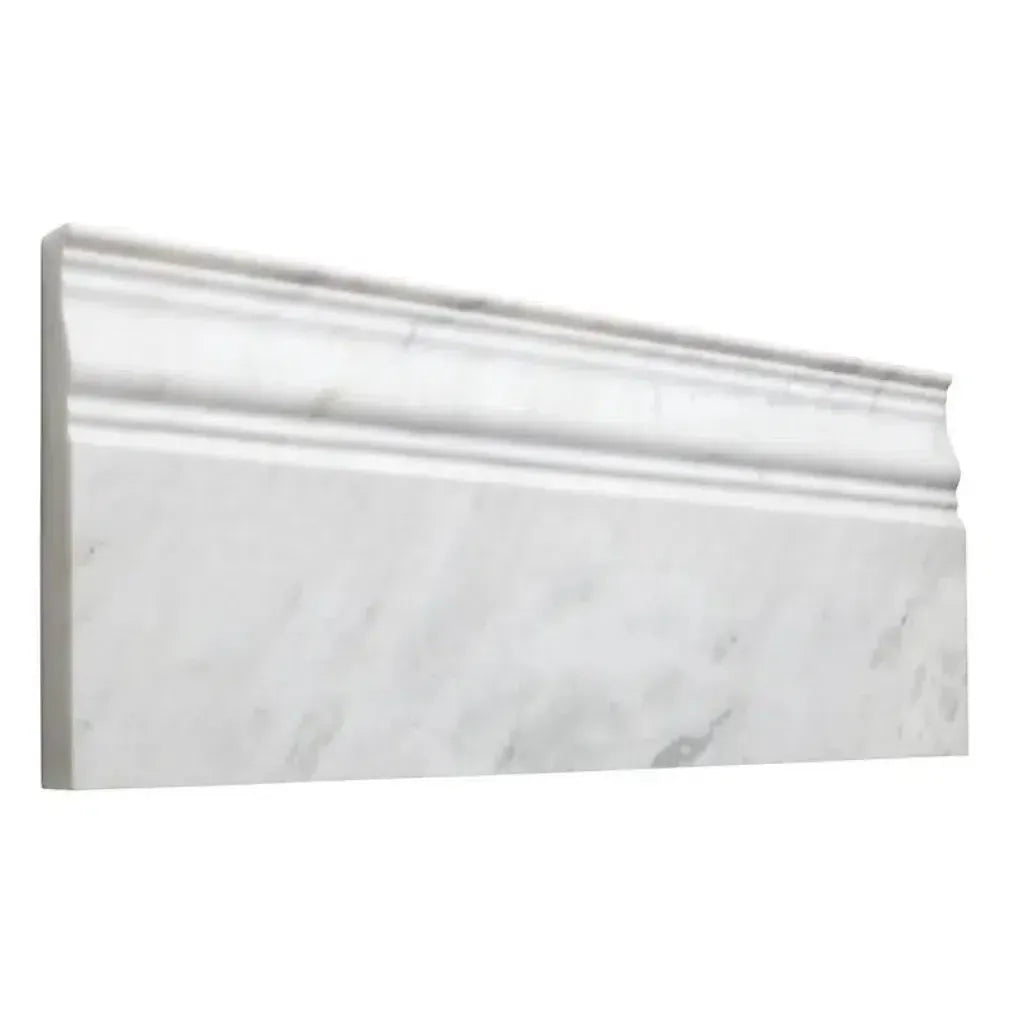 Textured
Textured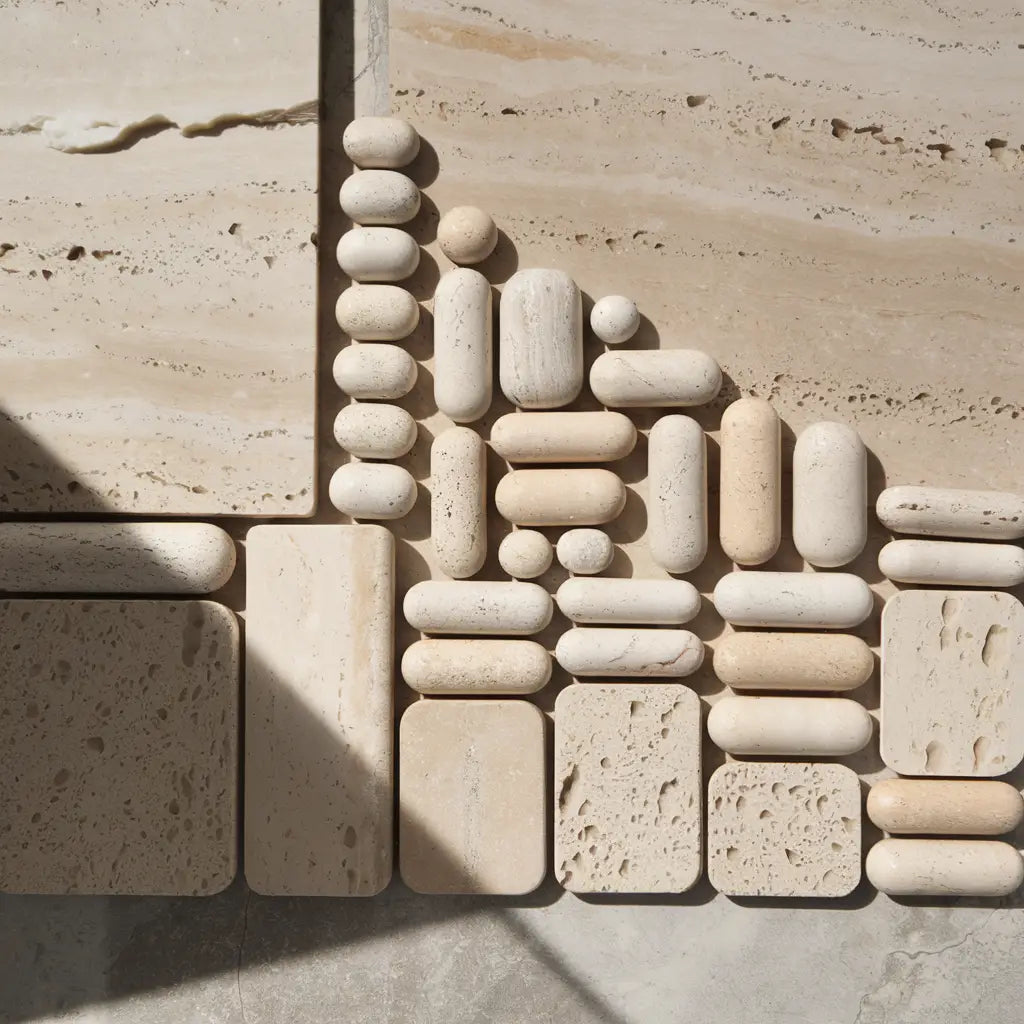 Tumbled
Tumbled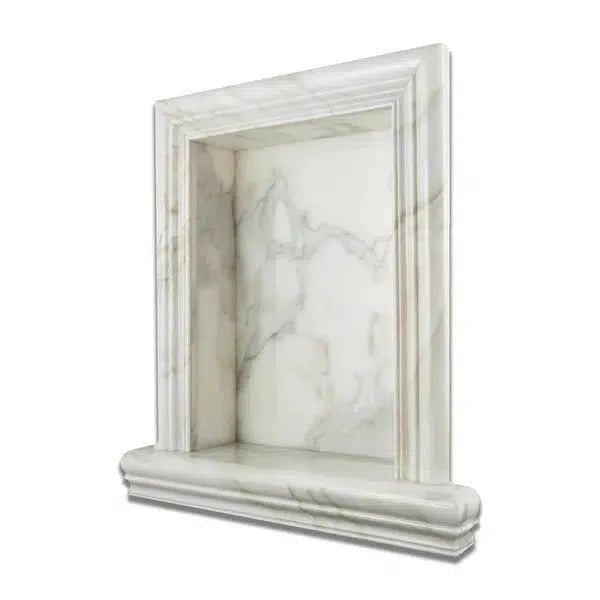 Accessories
Accessories
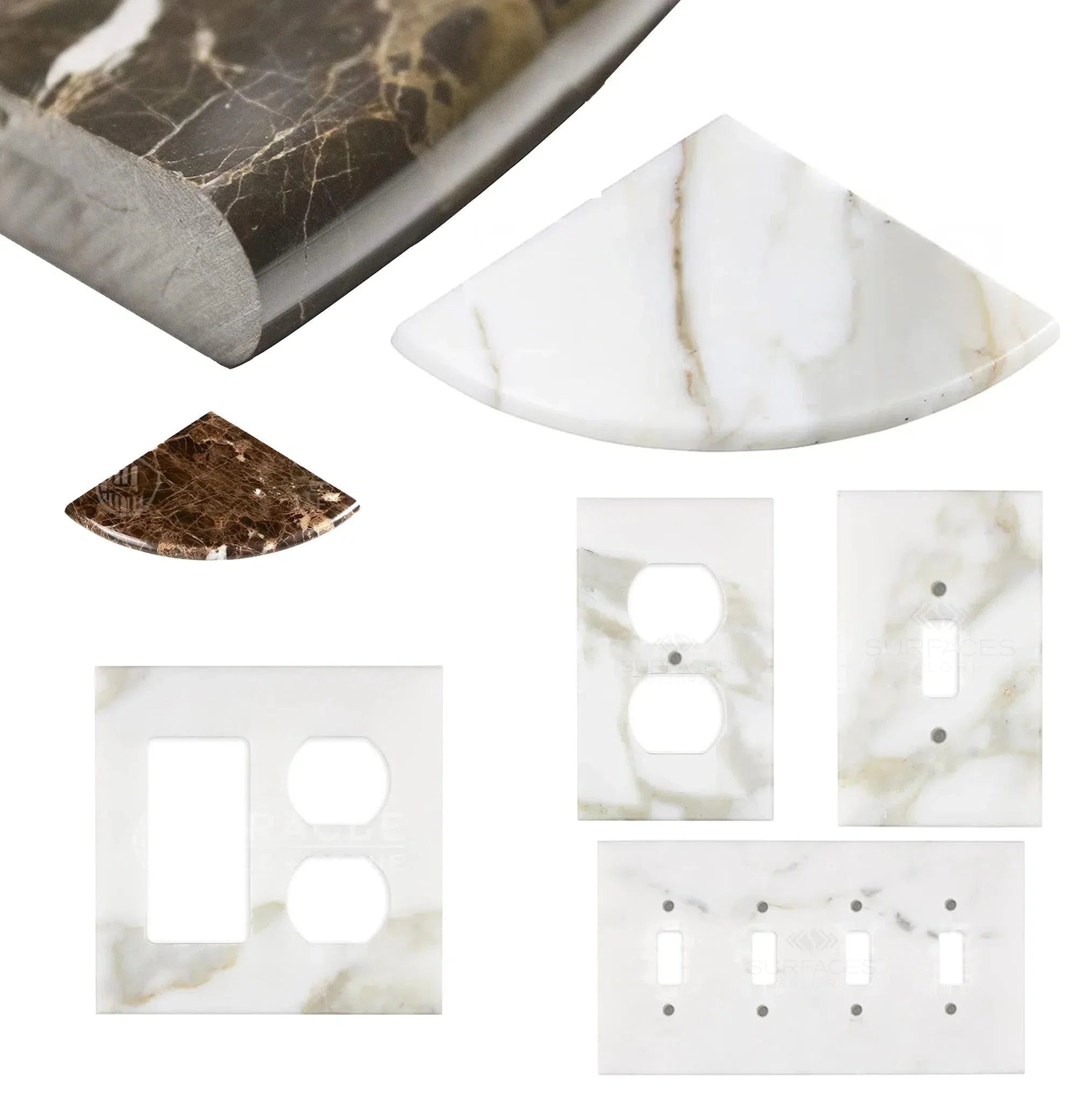 Wall Plate / Switch Plate
Wall Plate / Switch Plate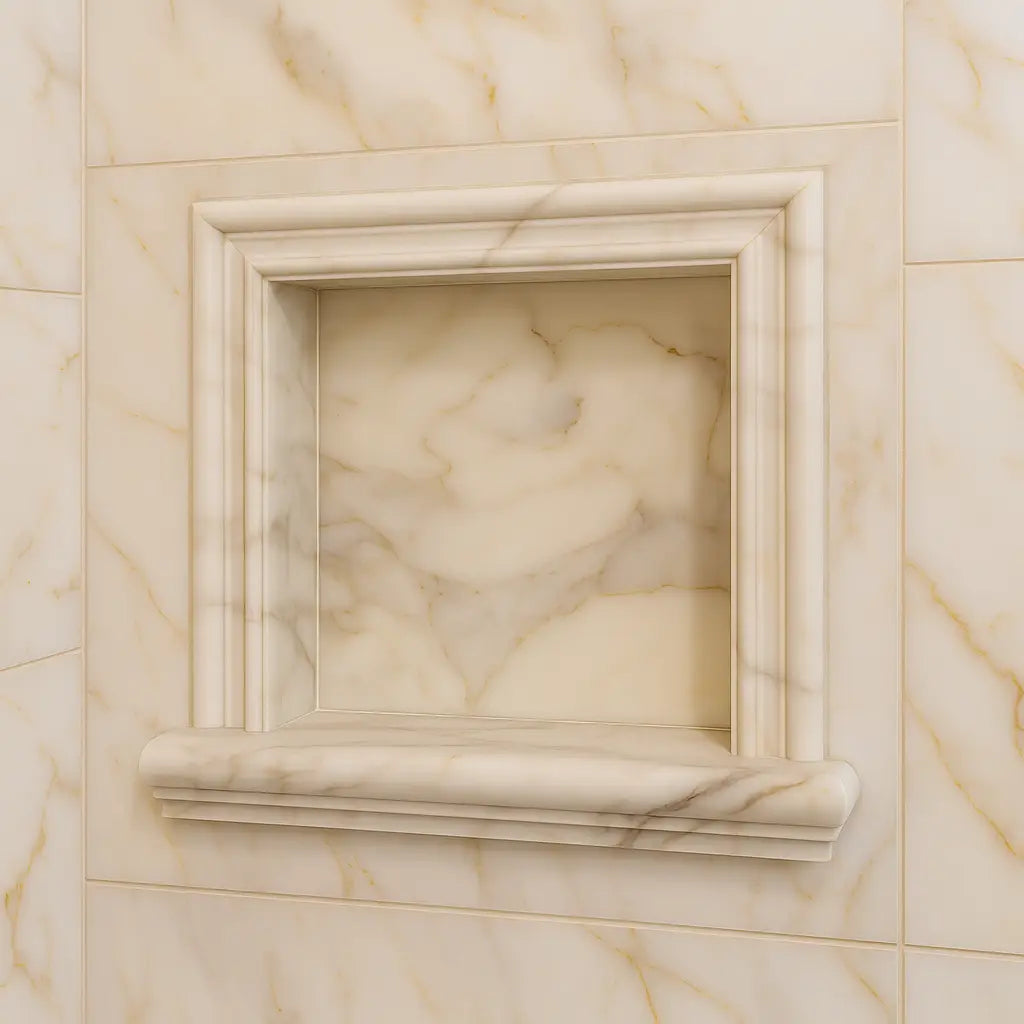 Shampoo Niche
Shampoo Niche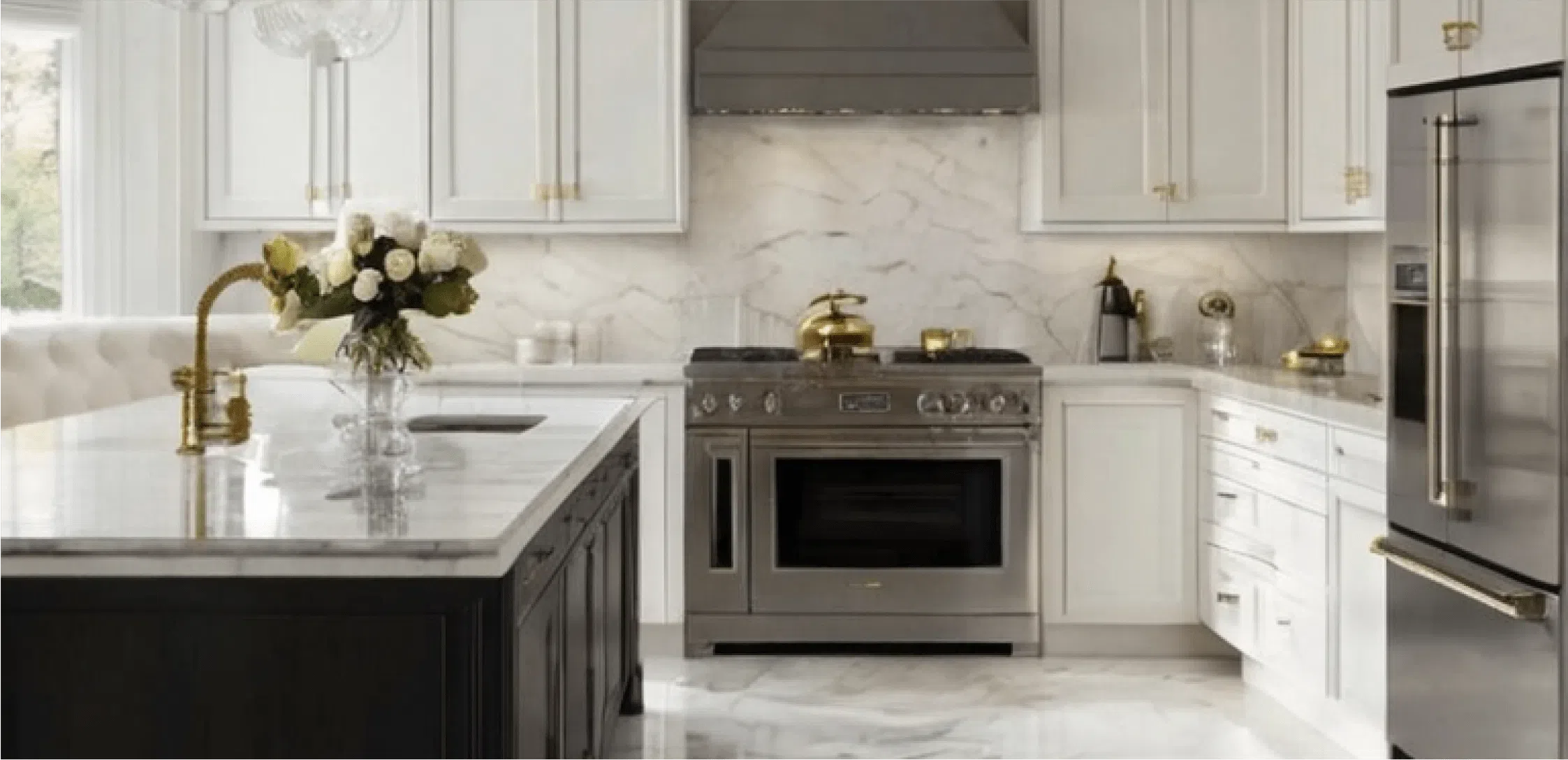 Corner Shelf
Corner Shelf Clearance
Clearance





Leave a comment